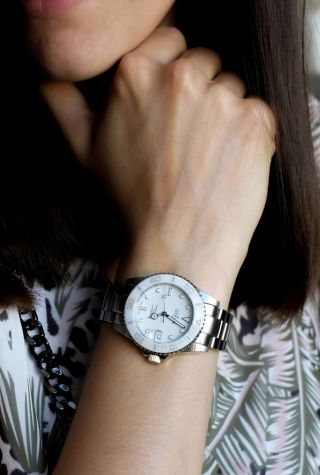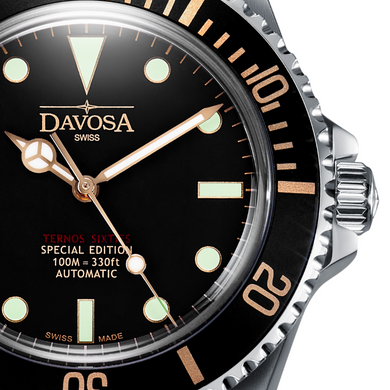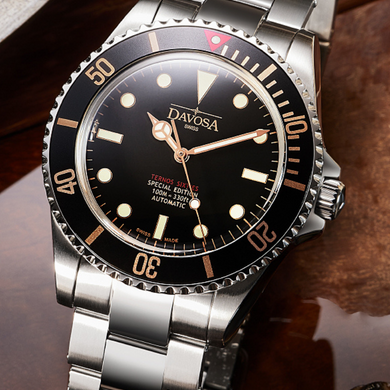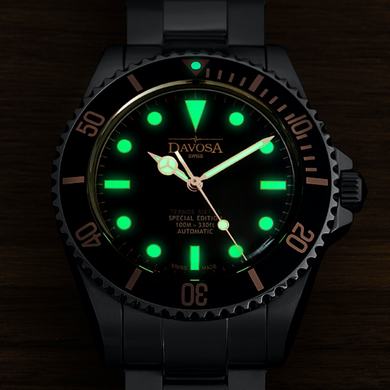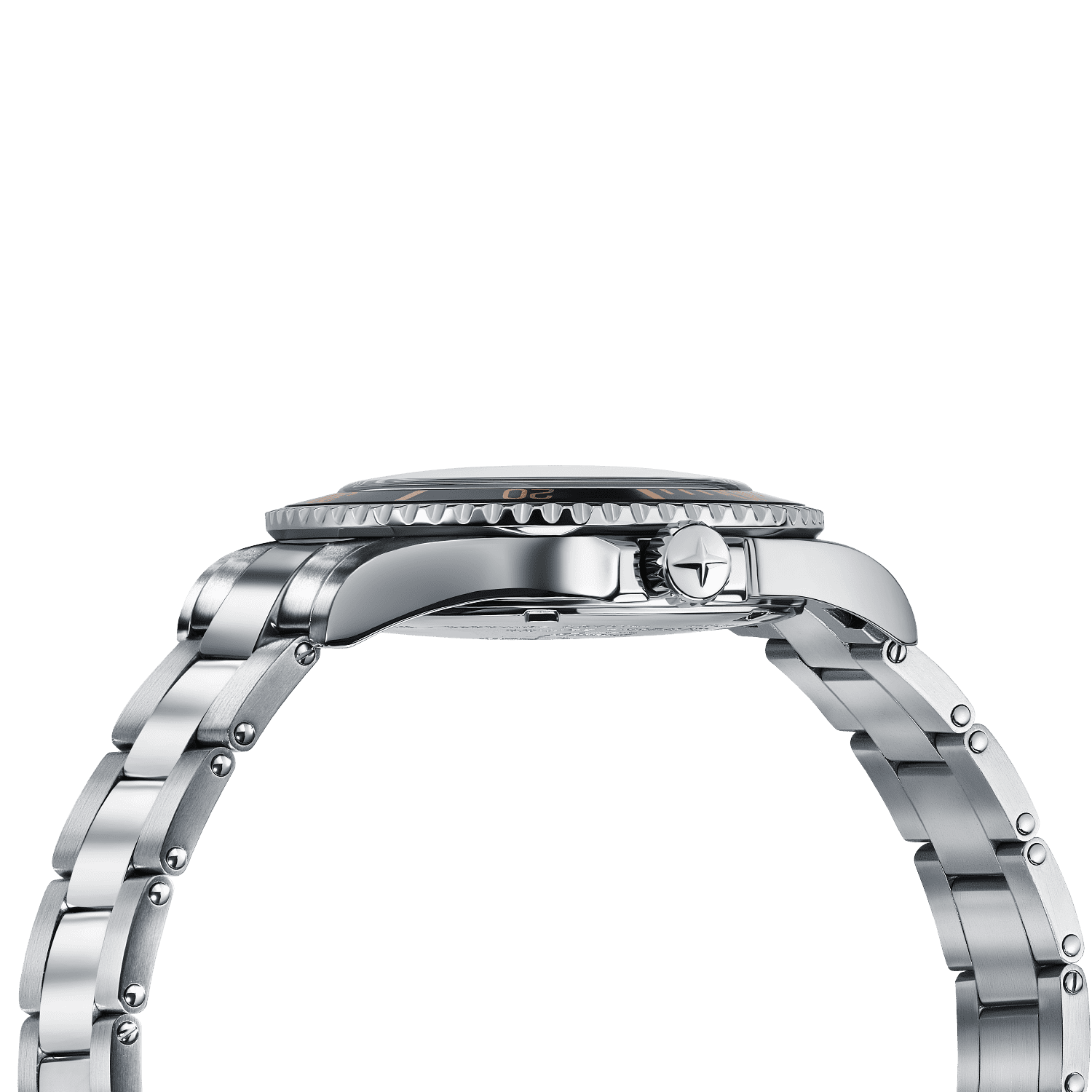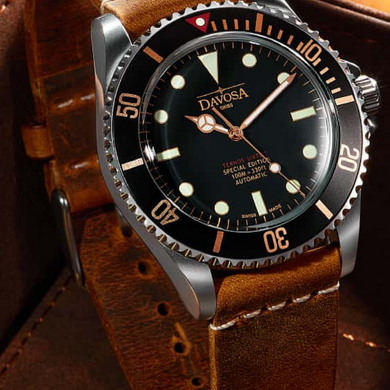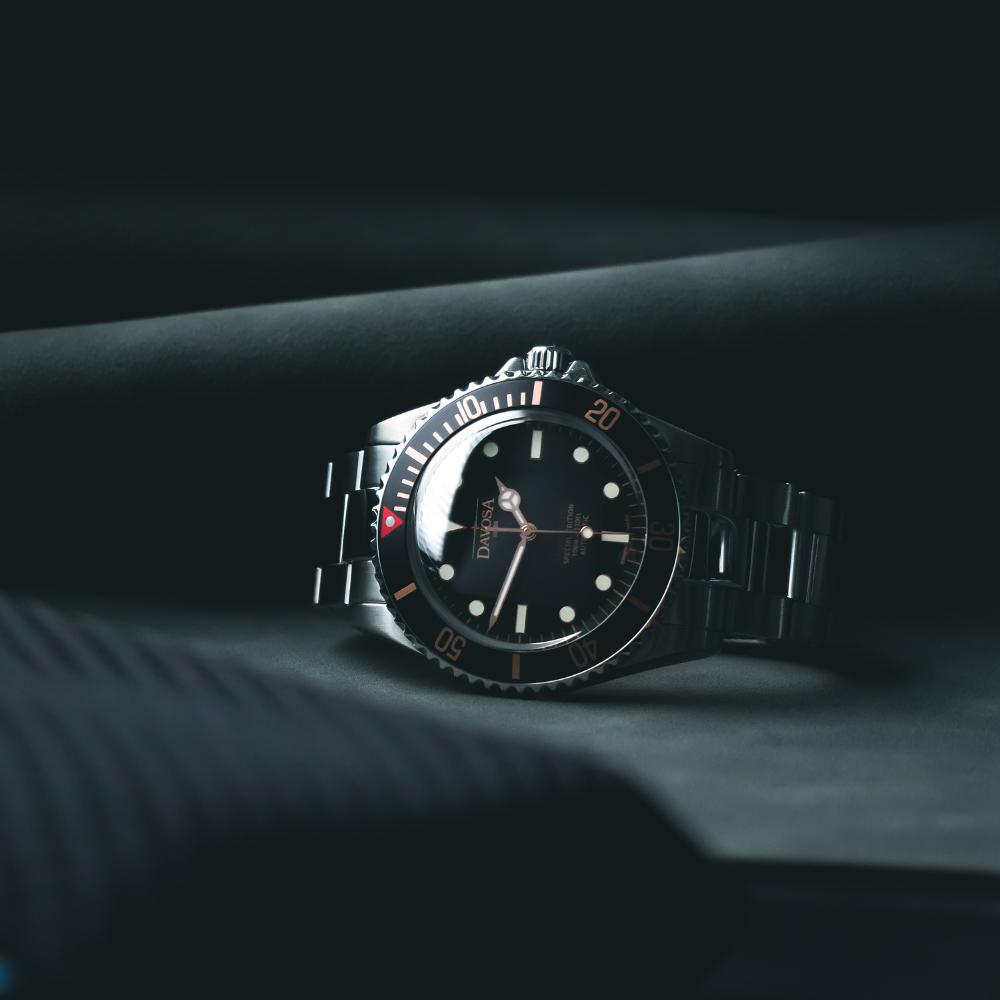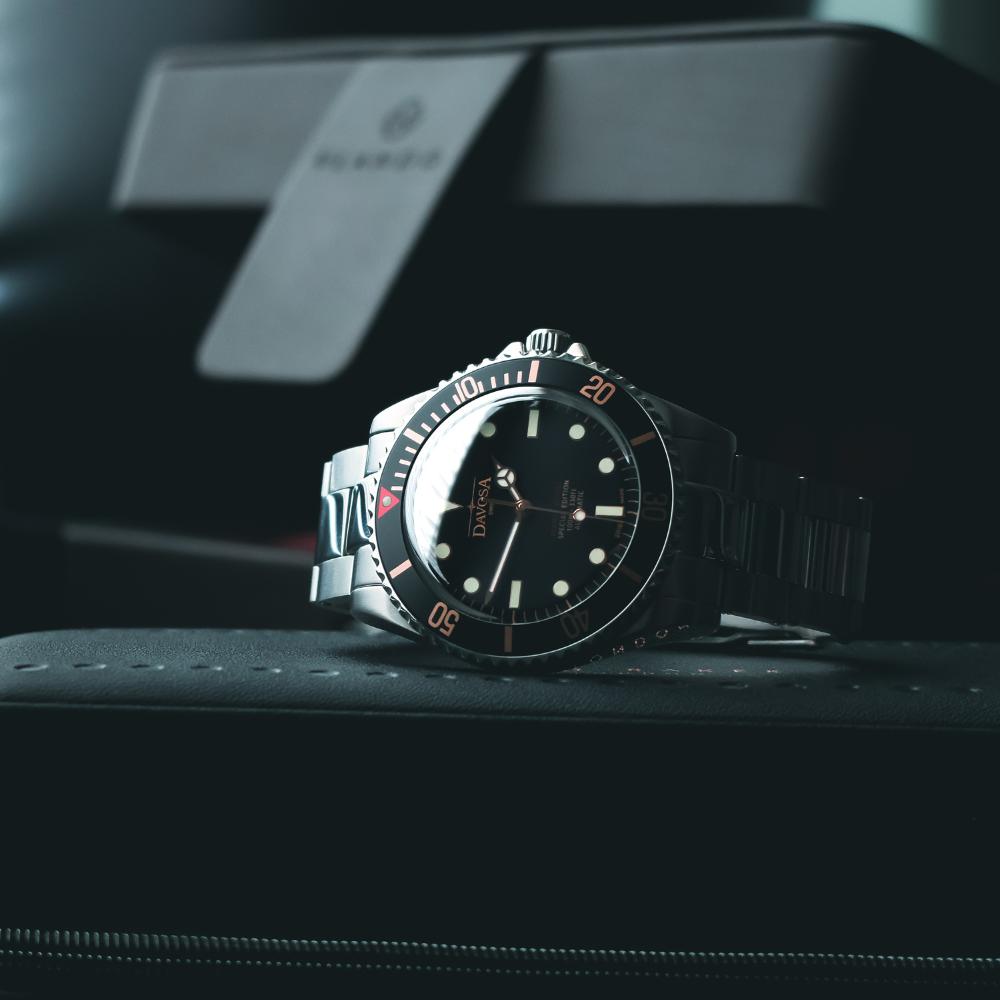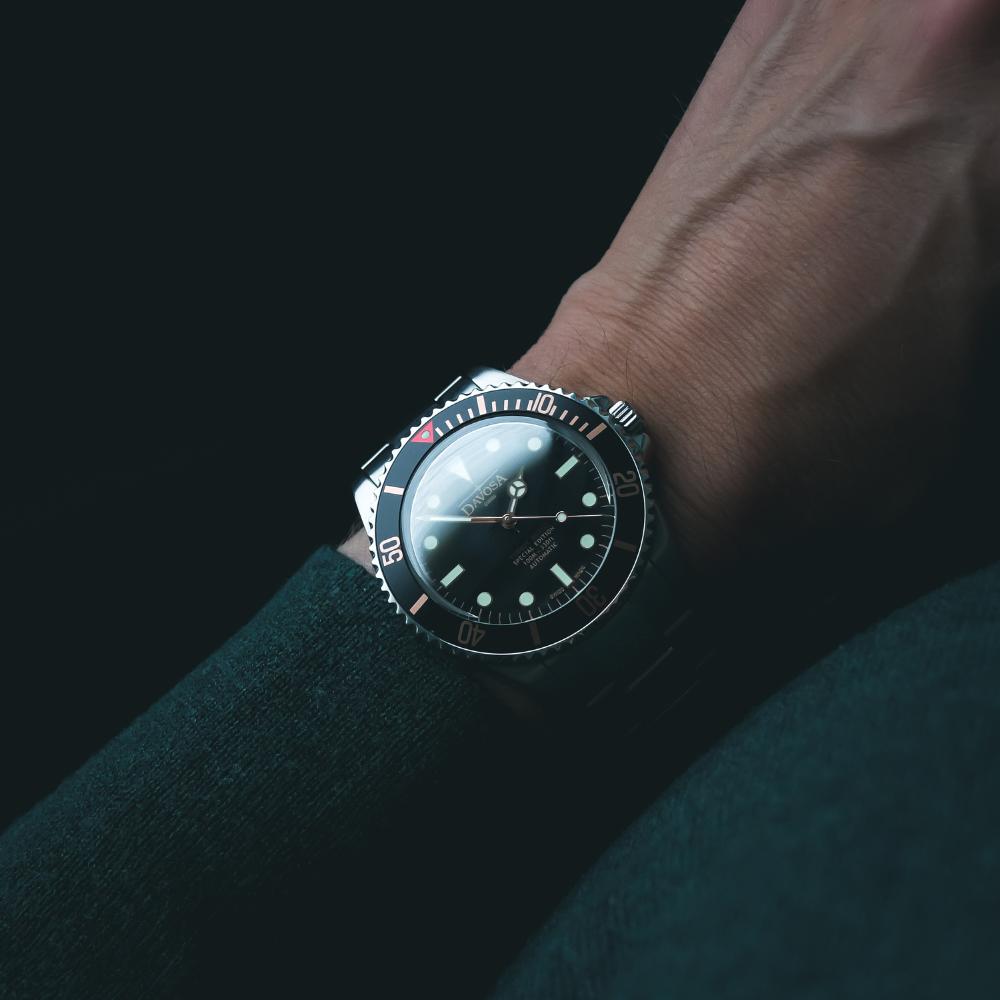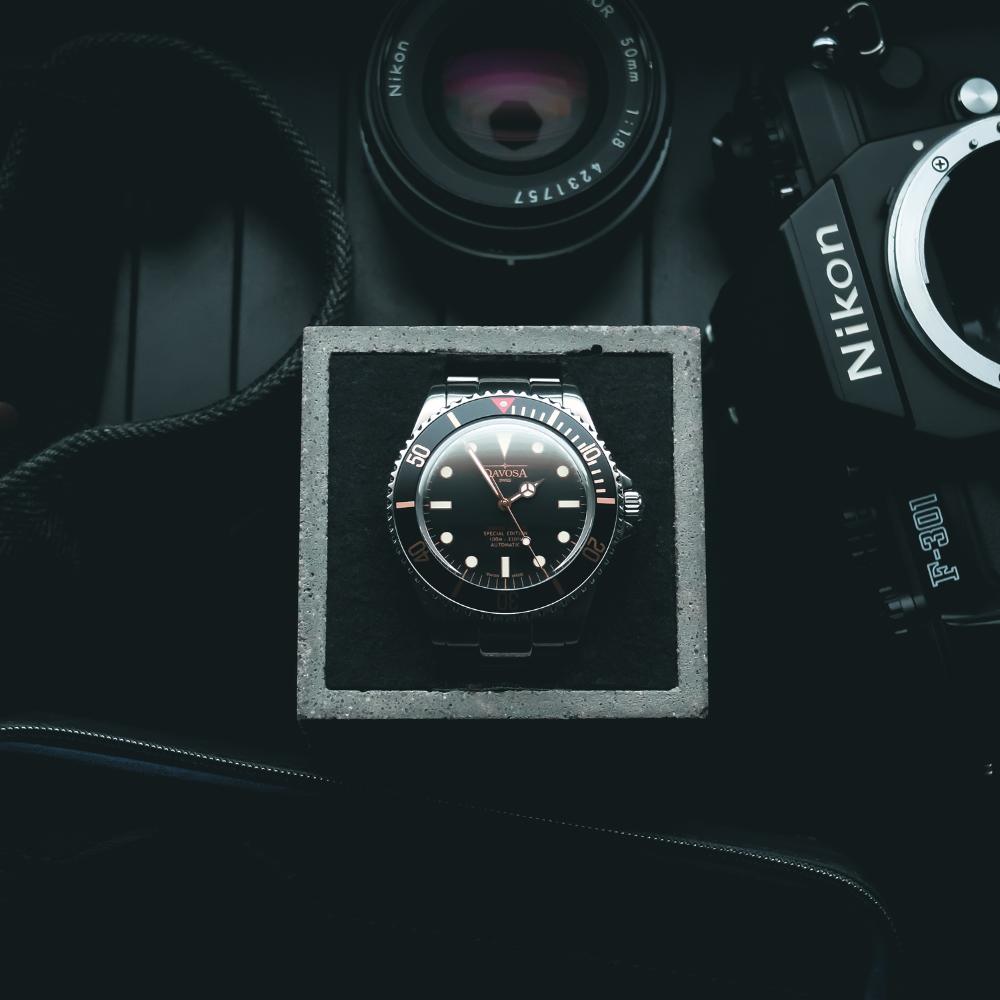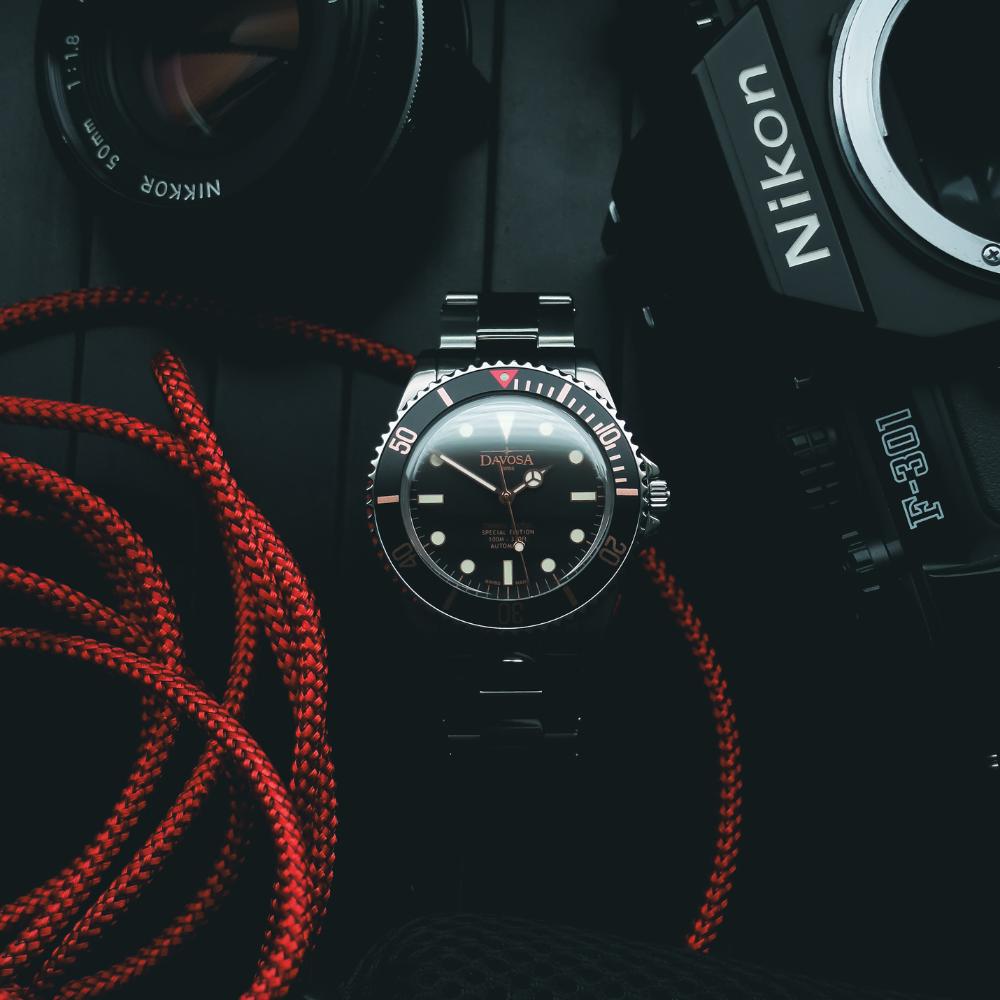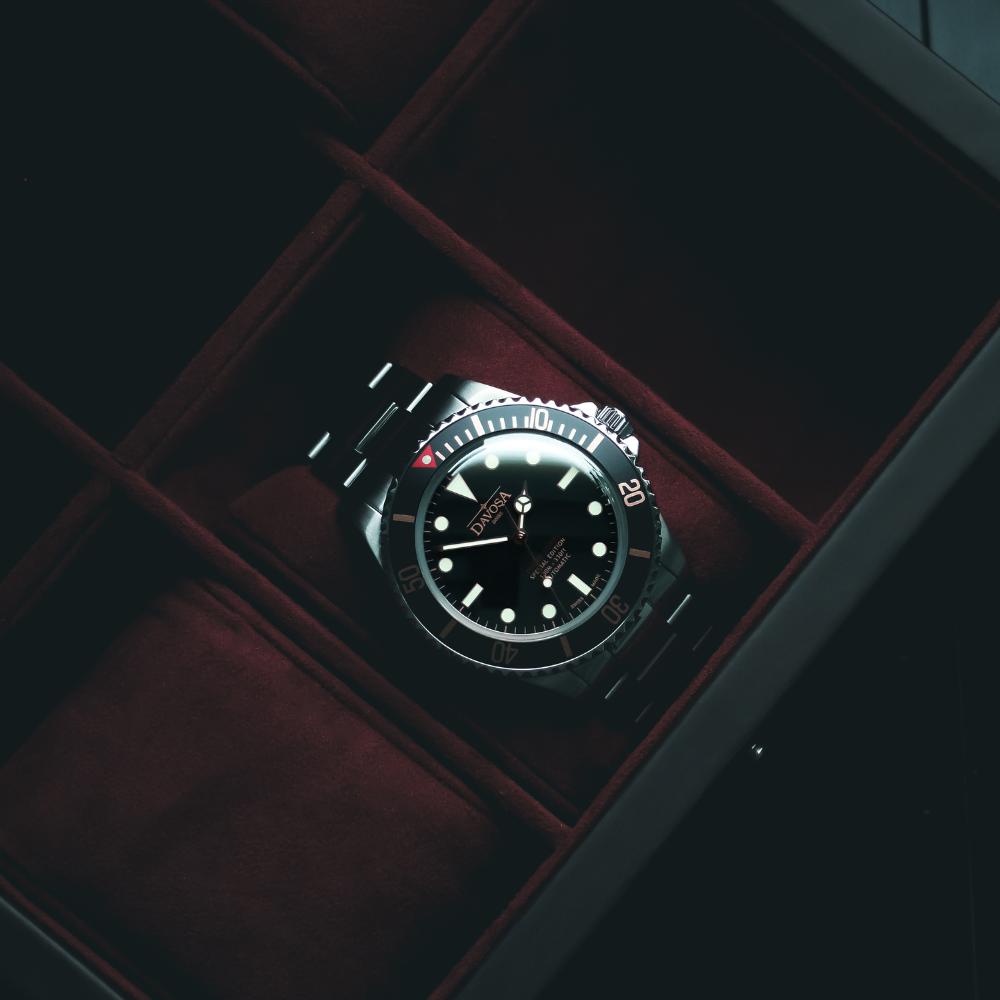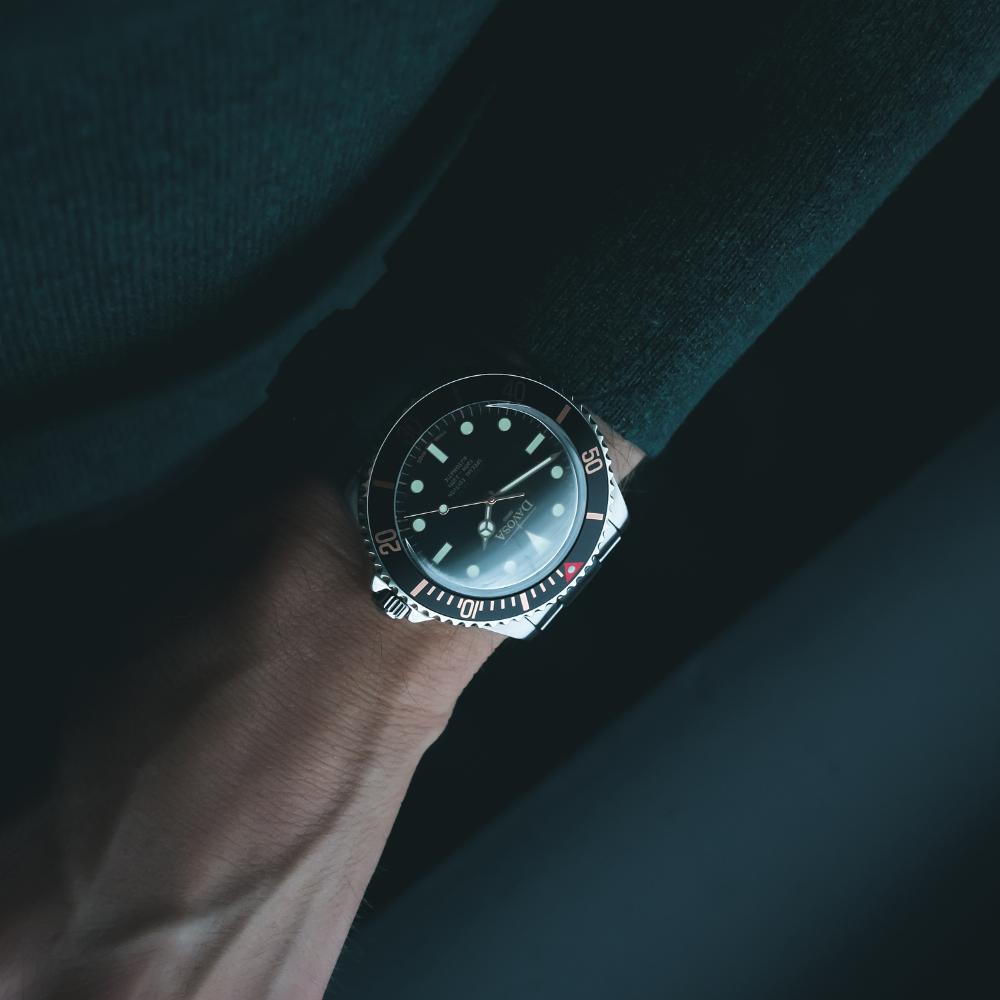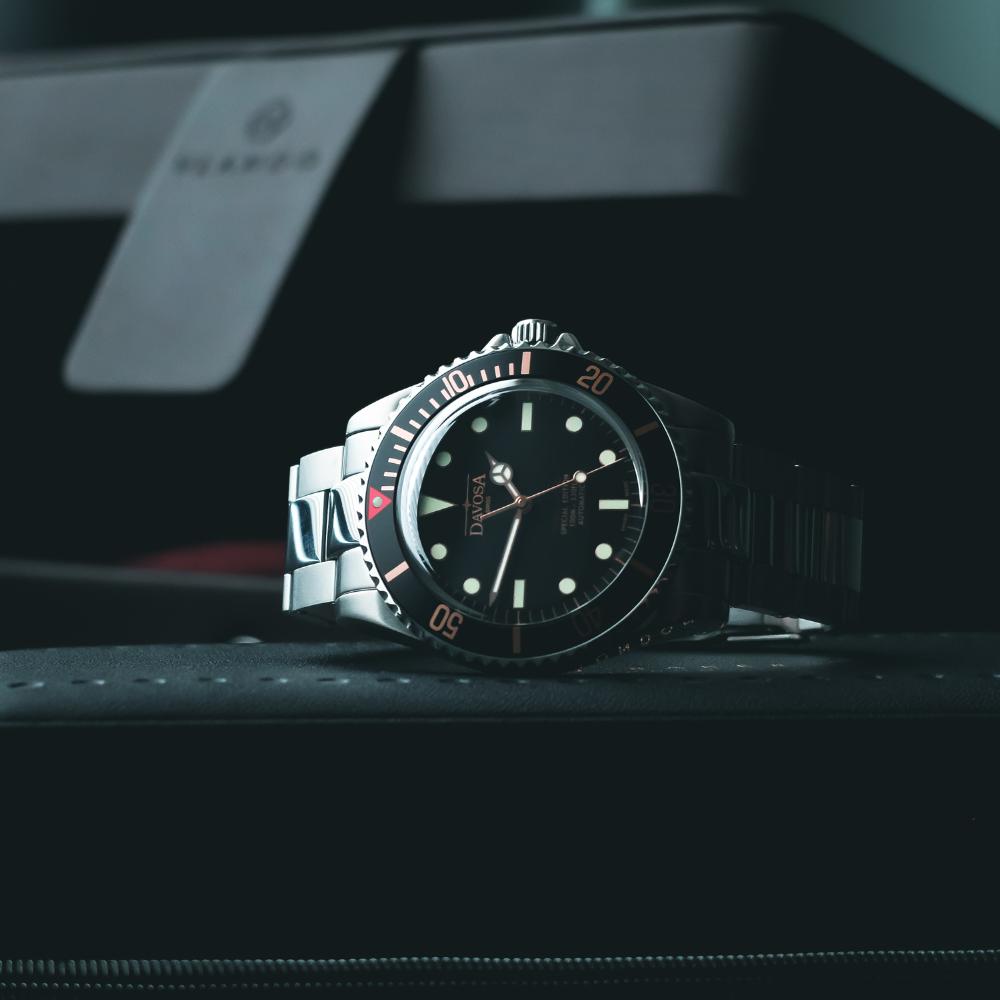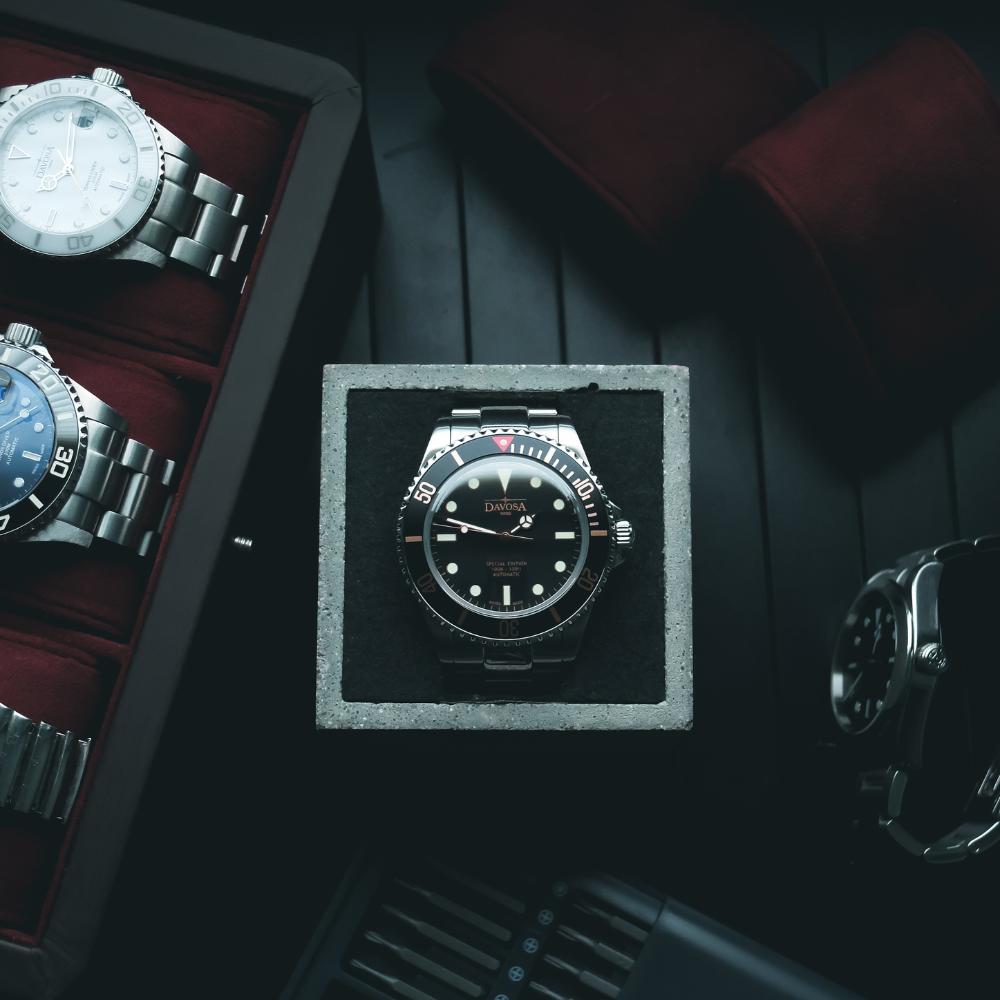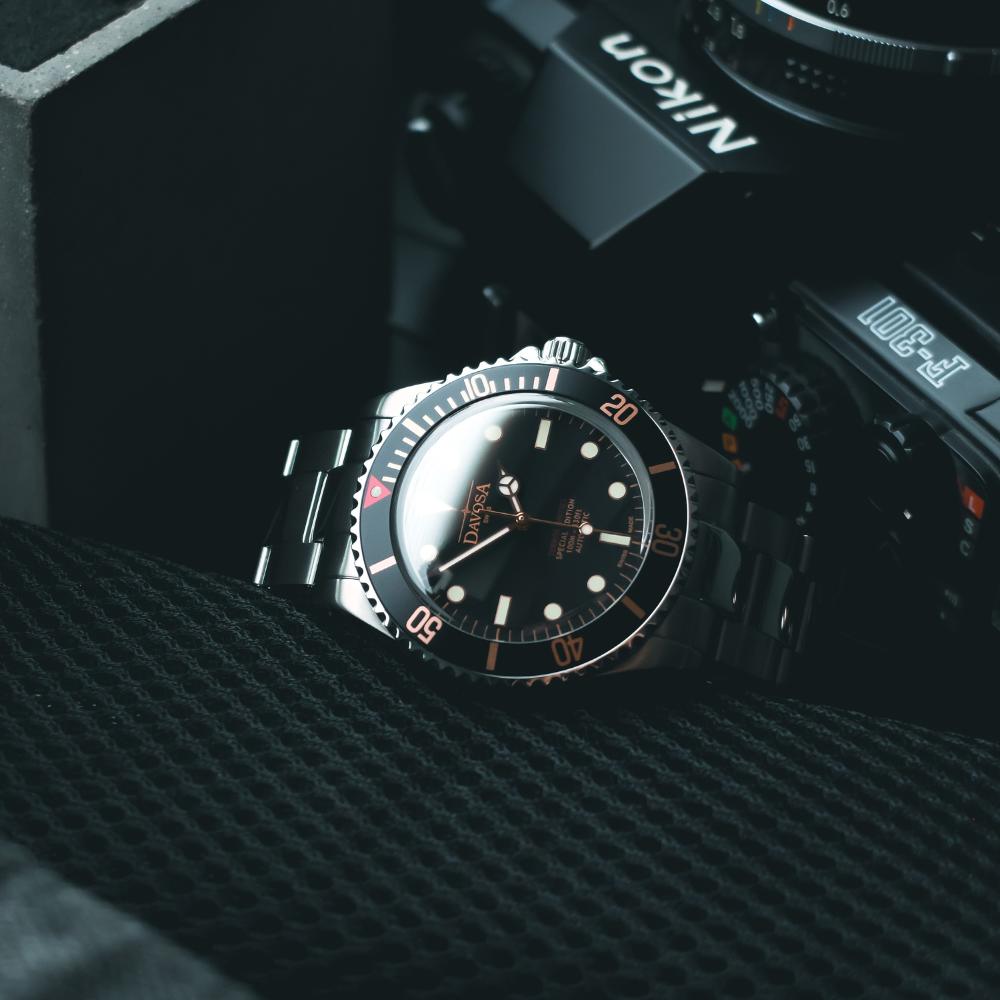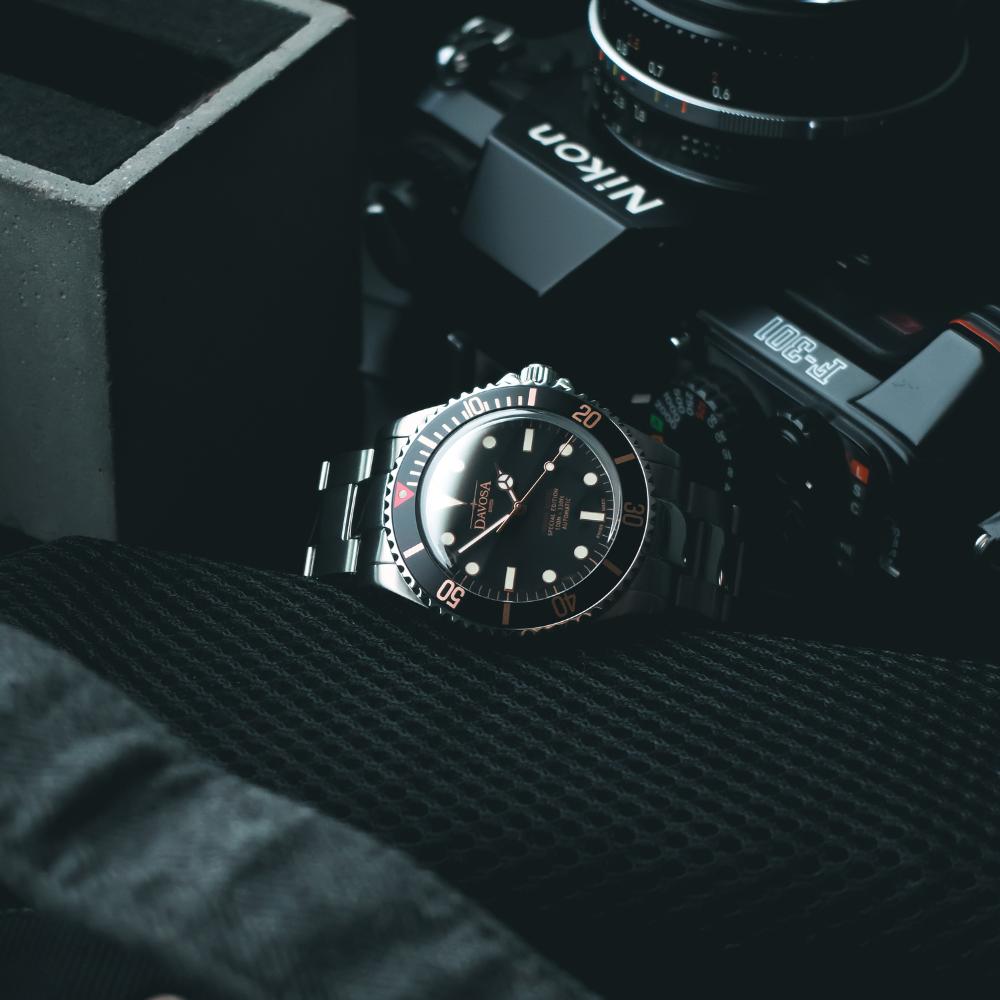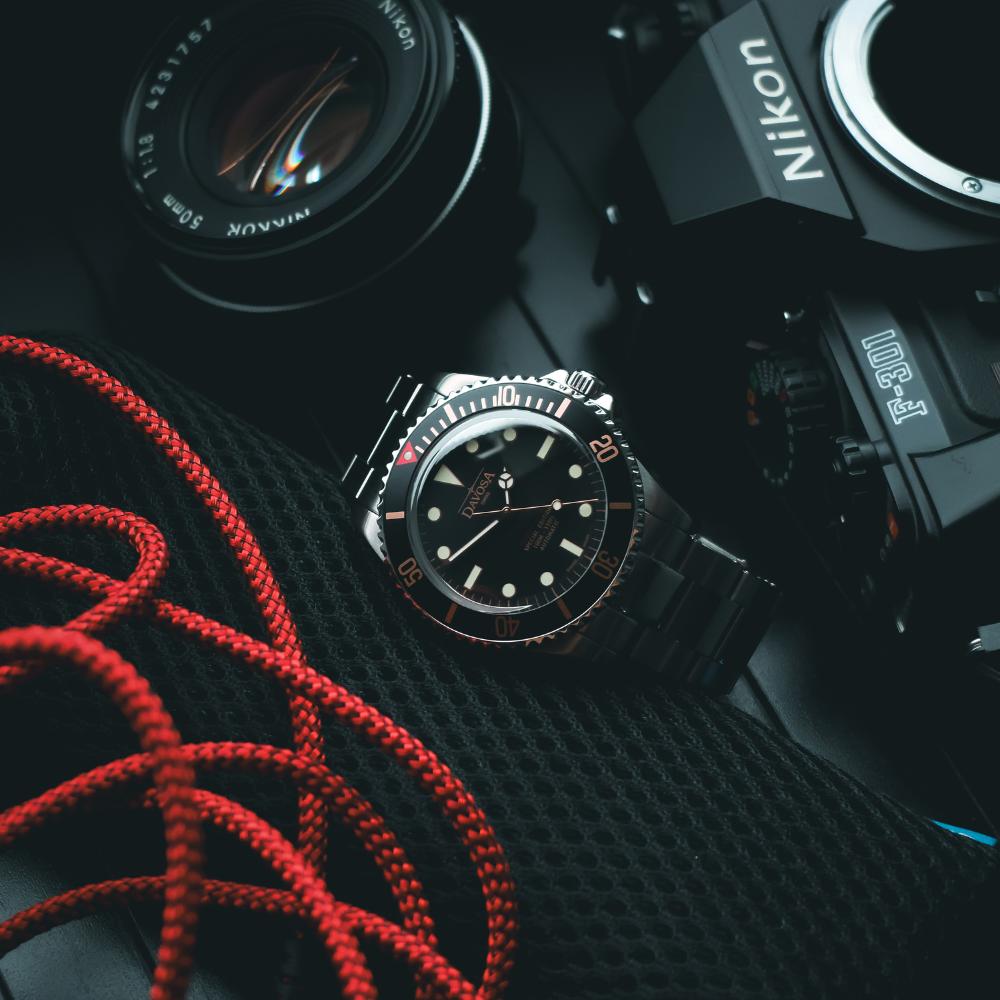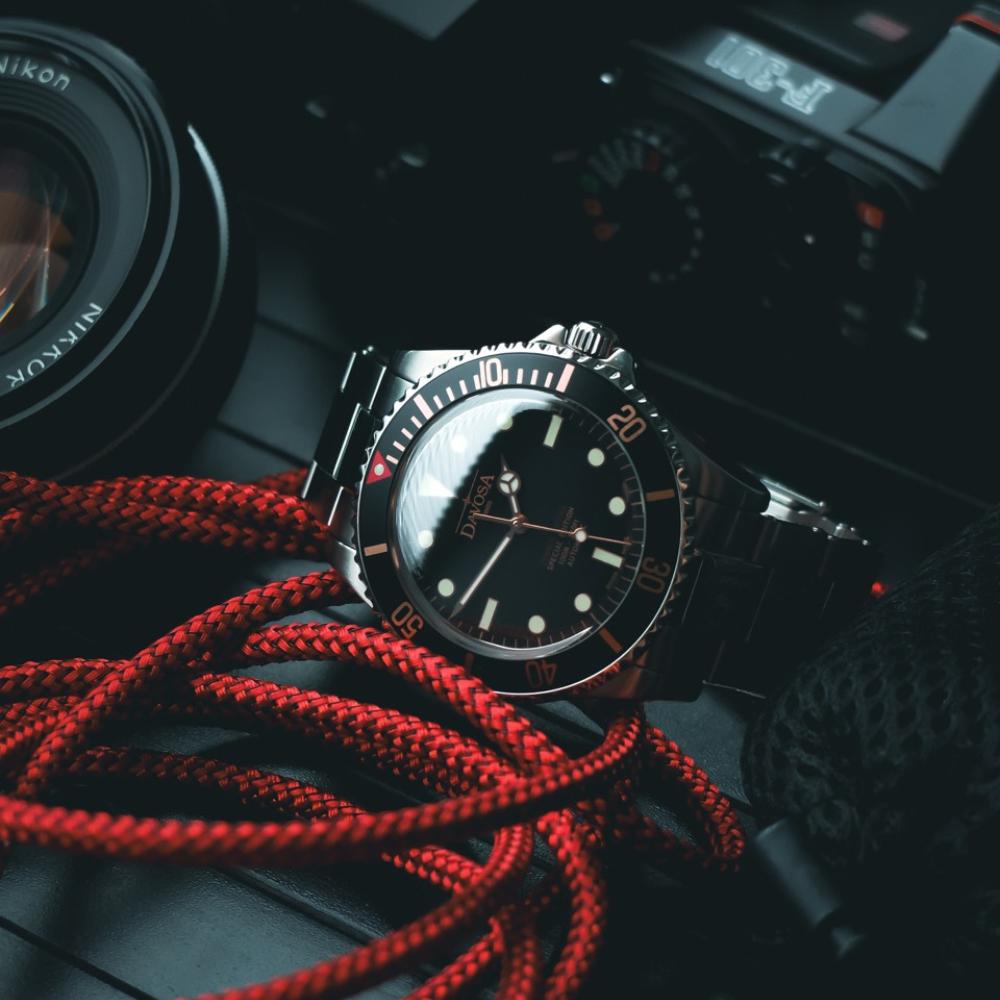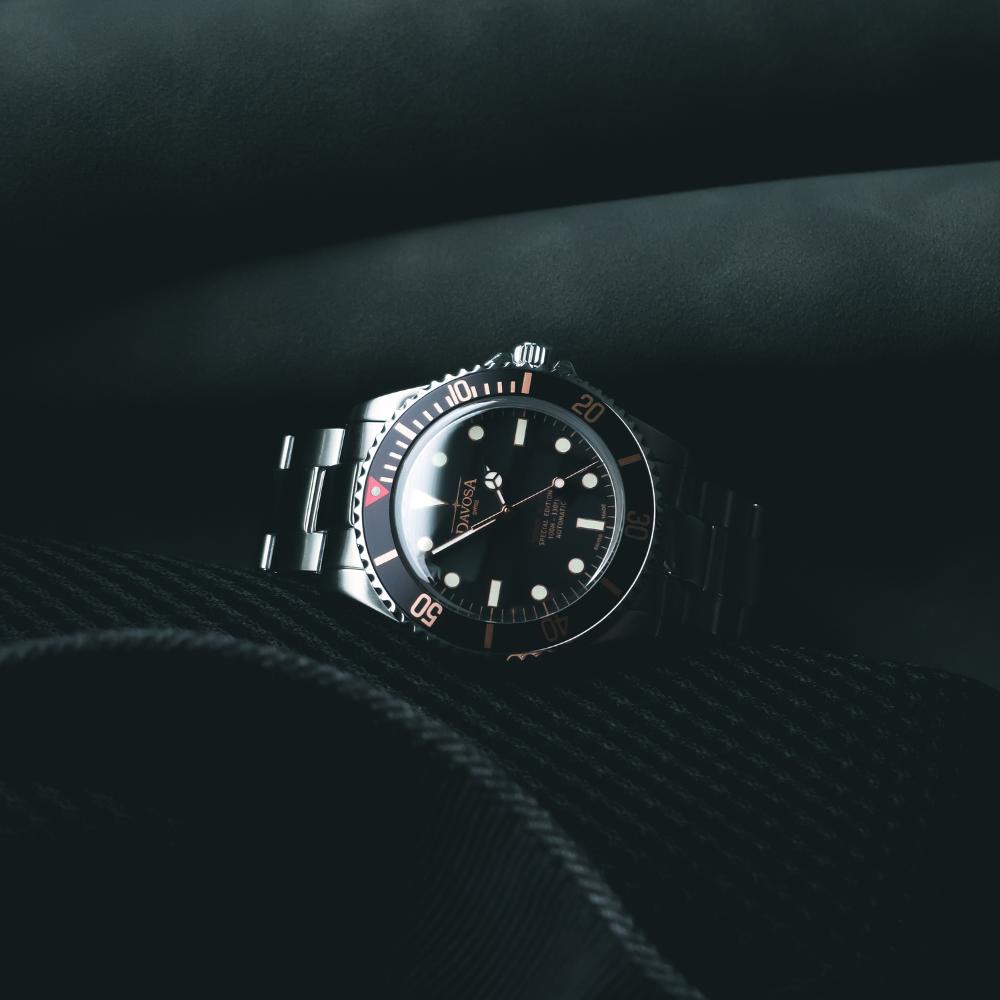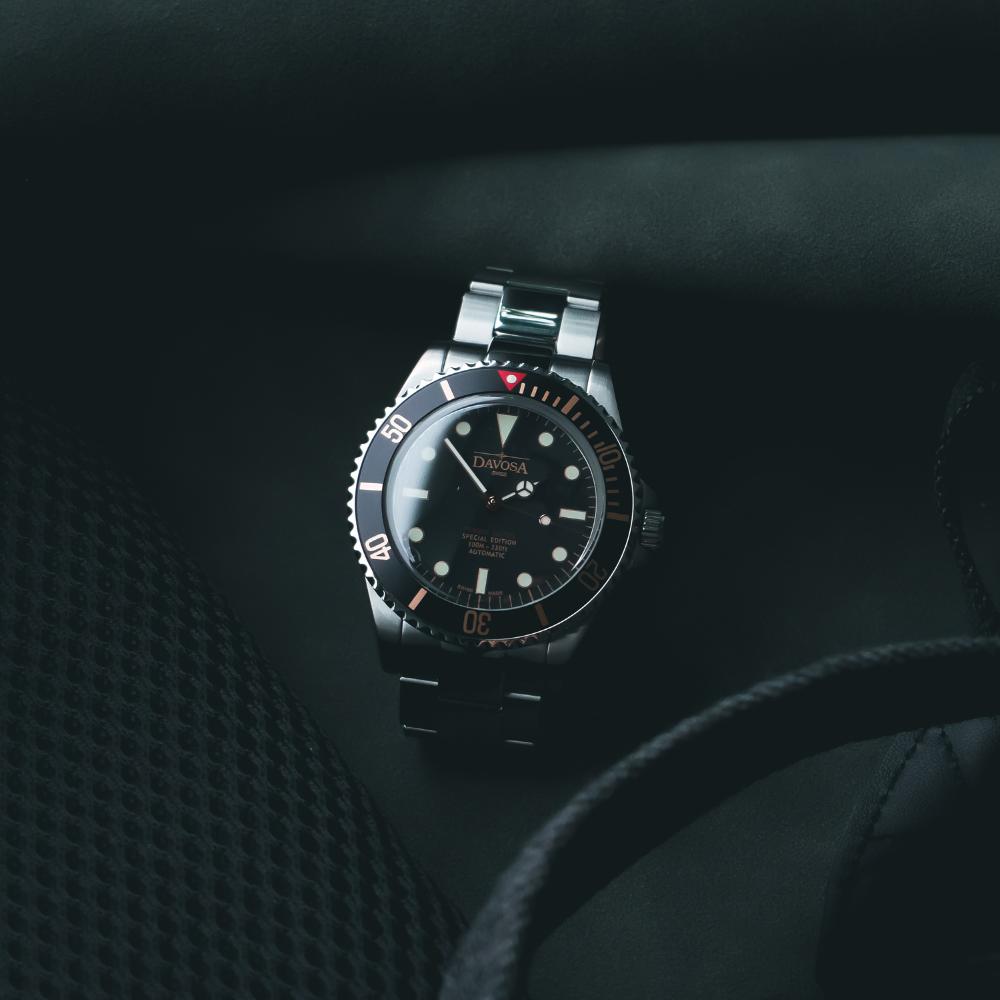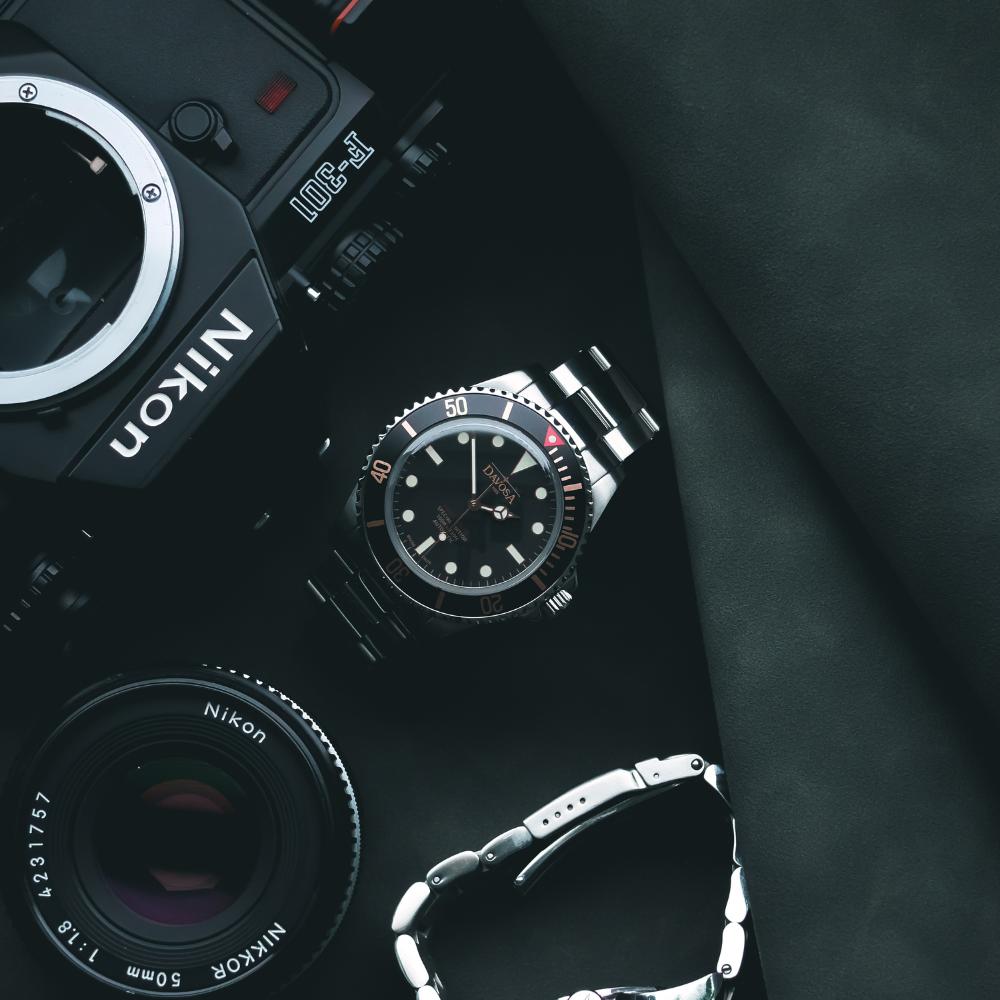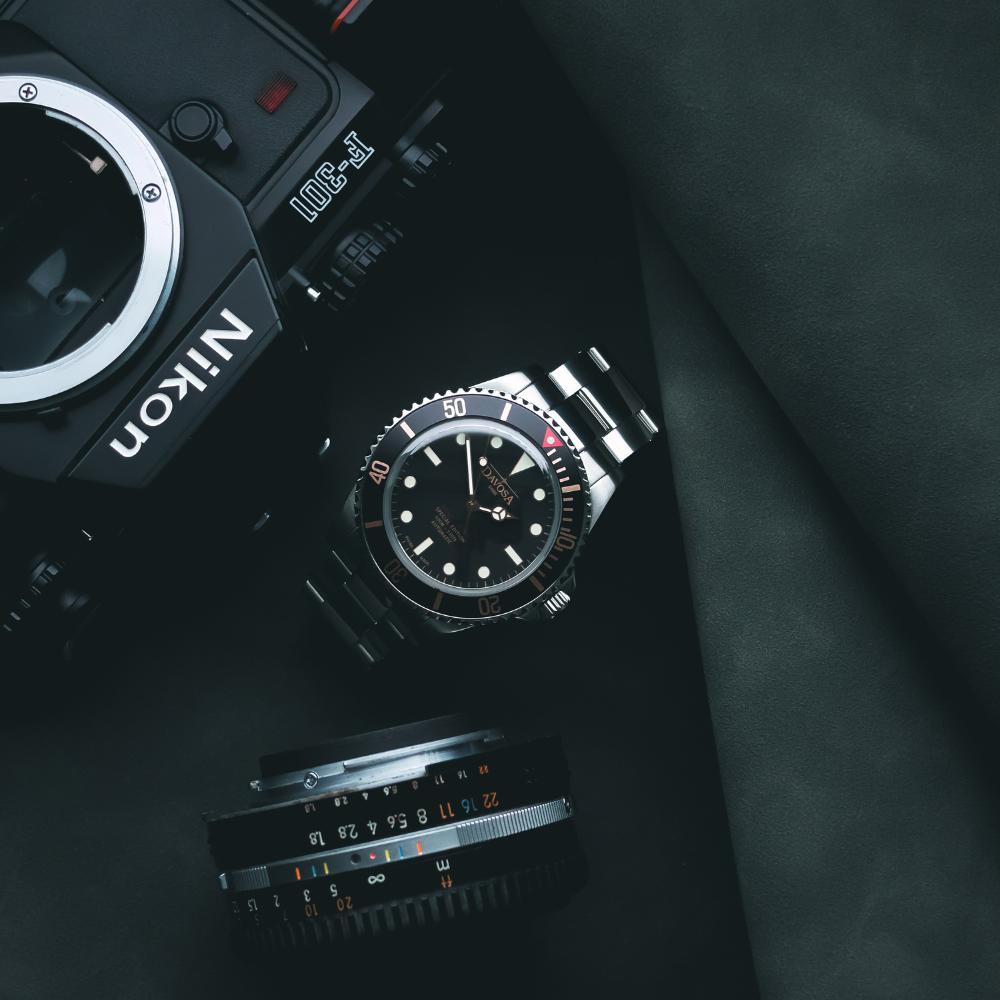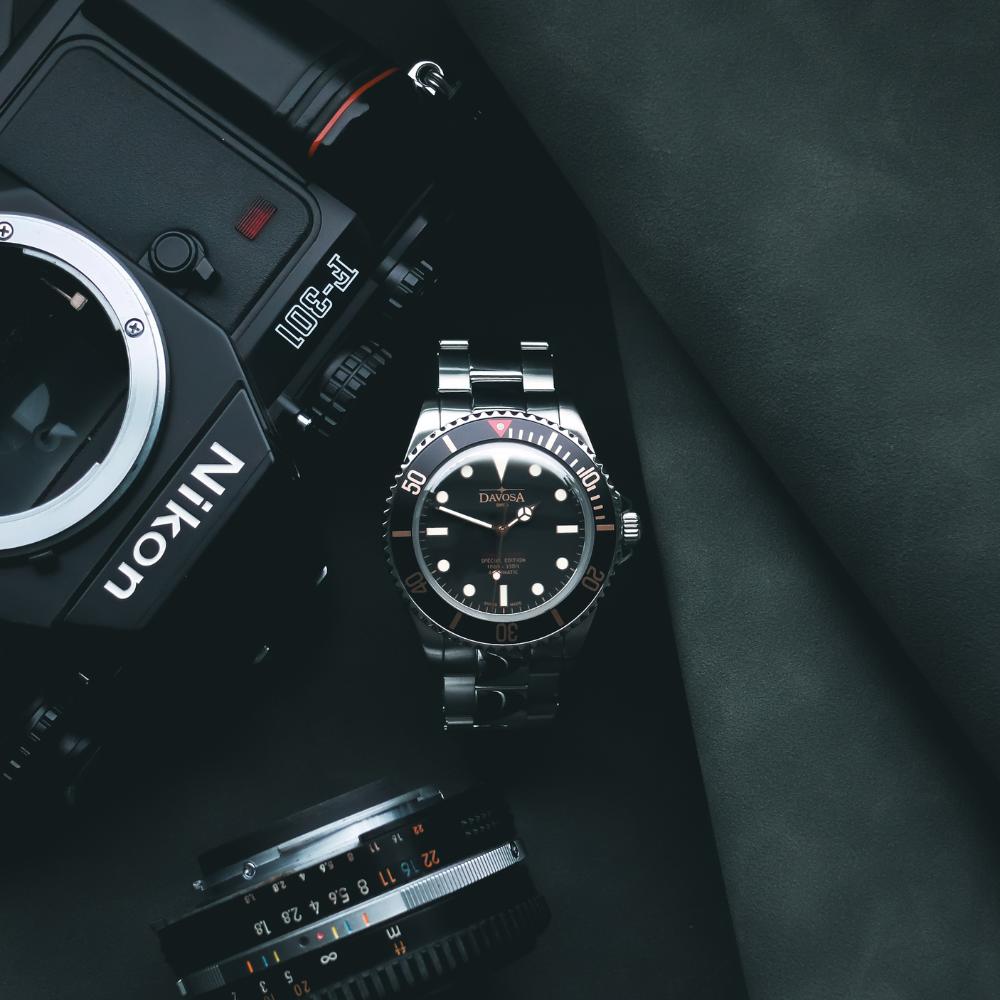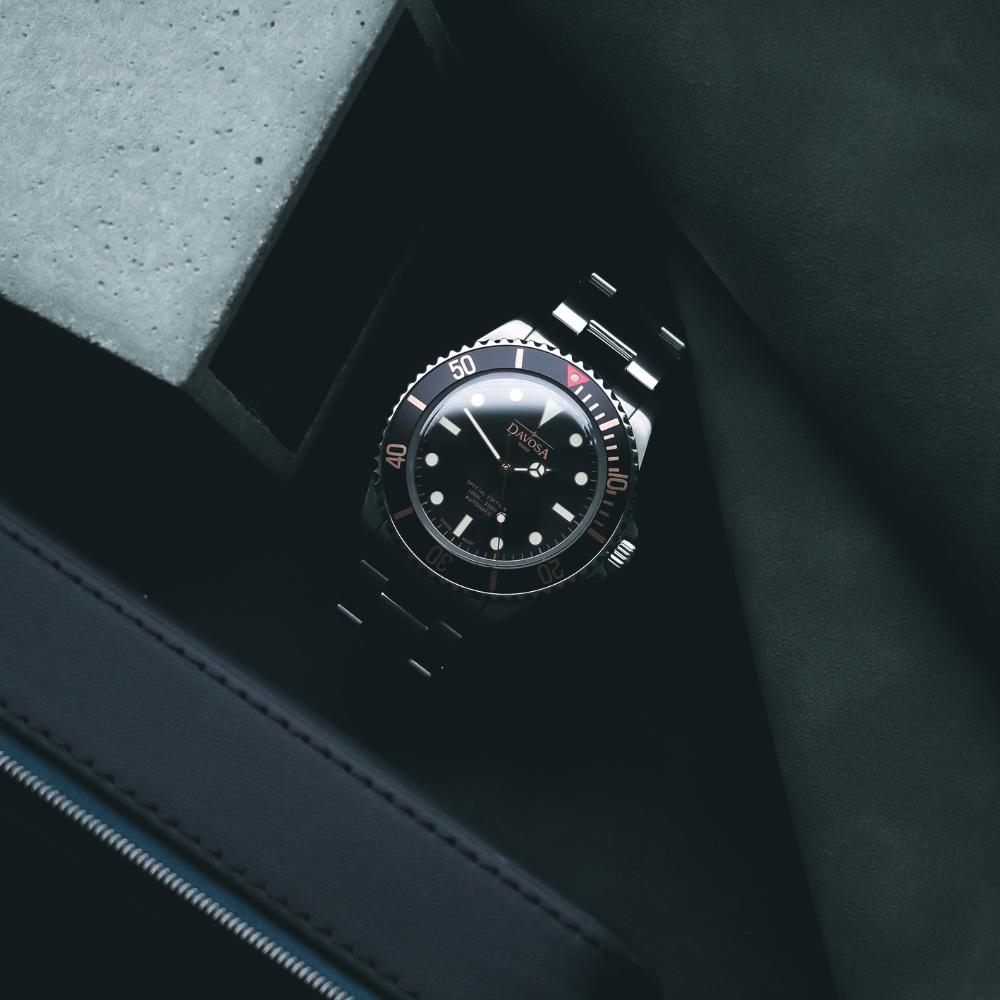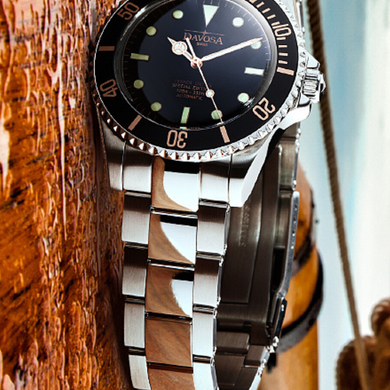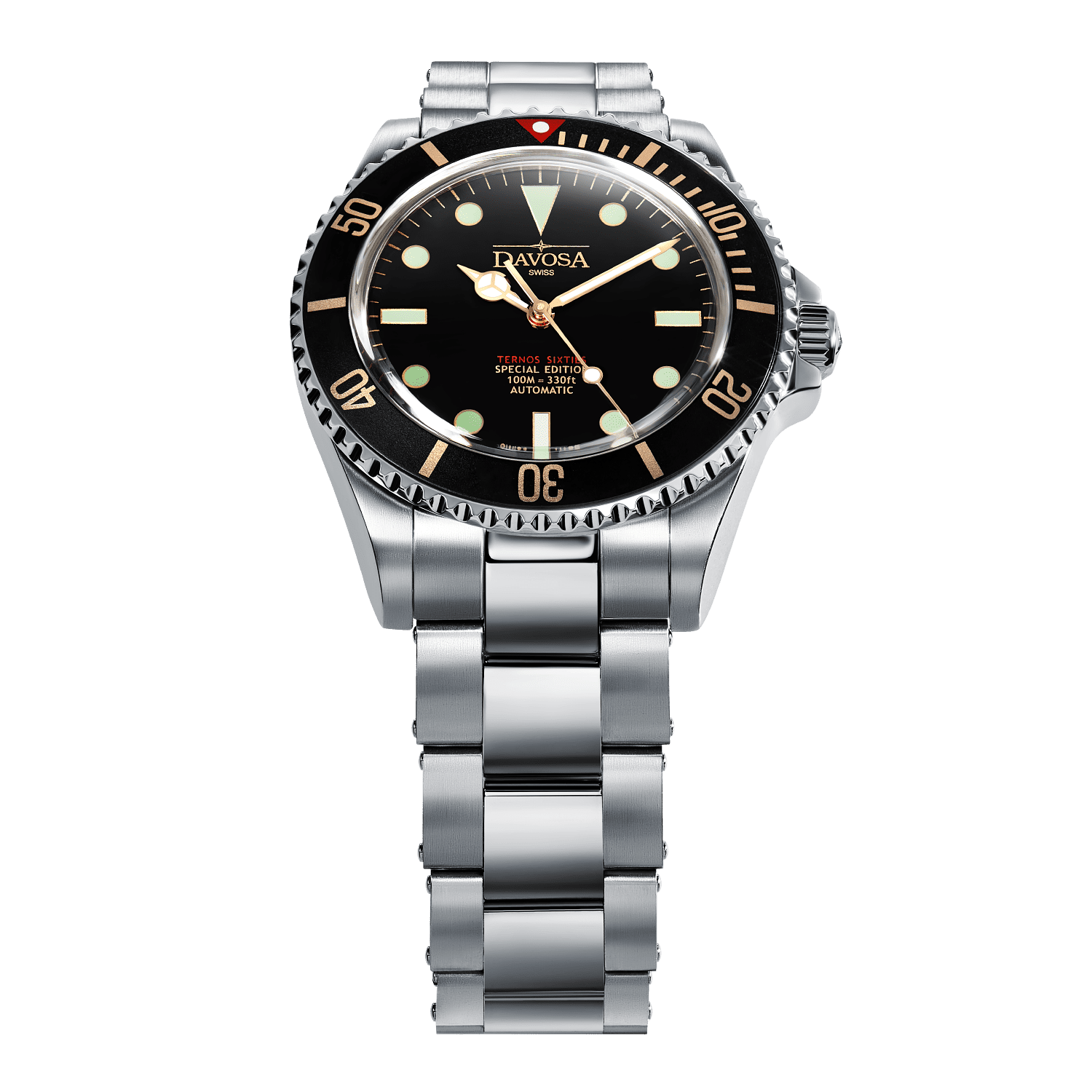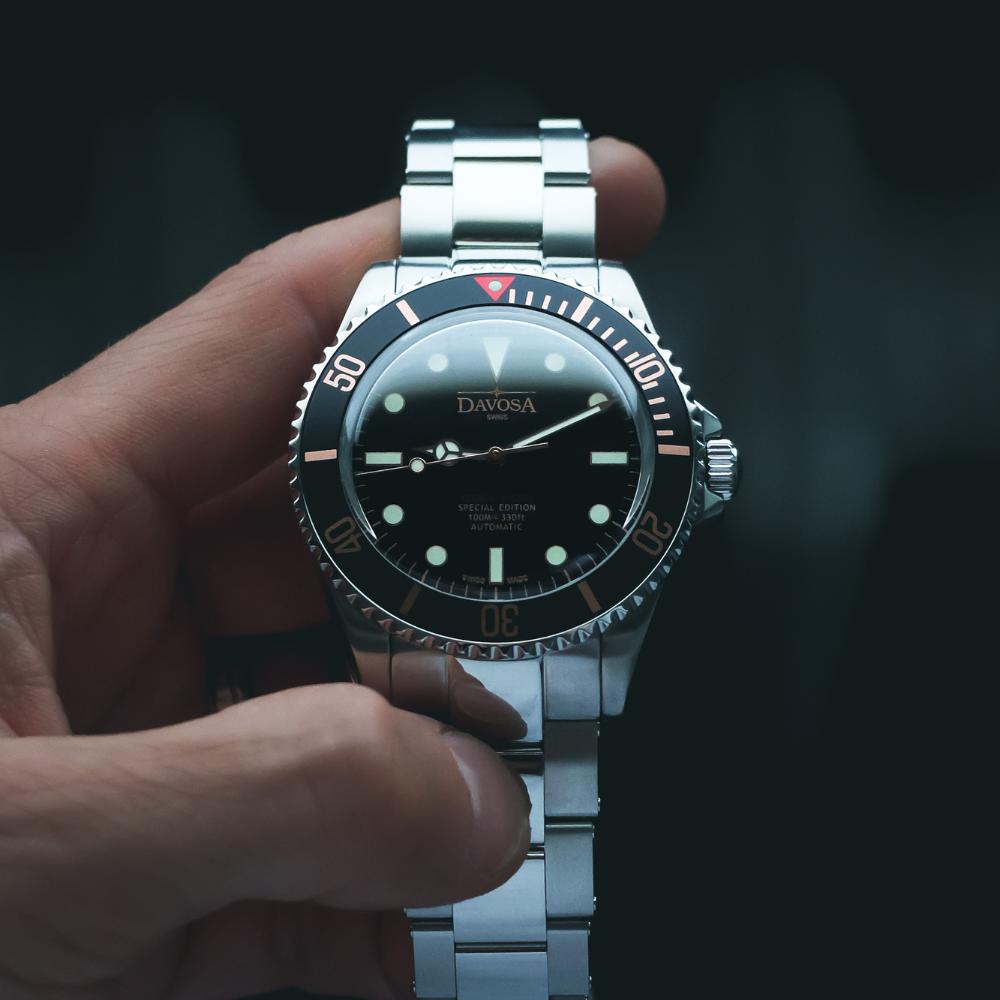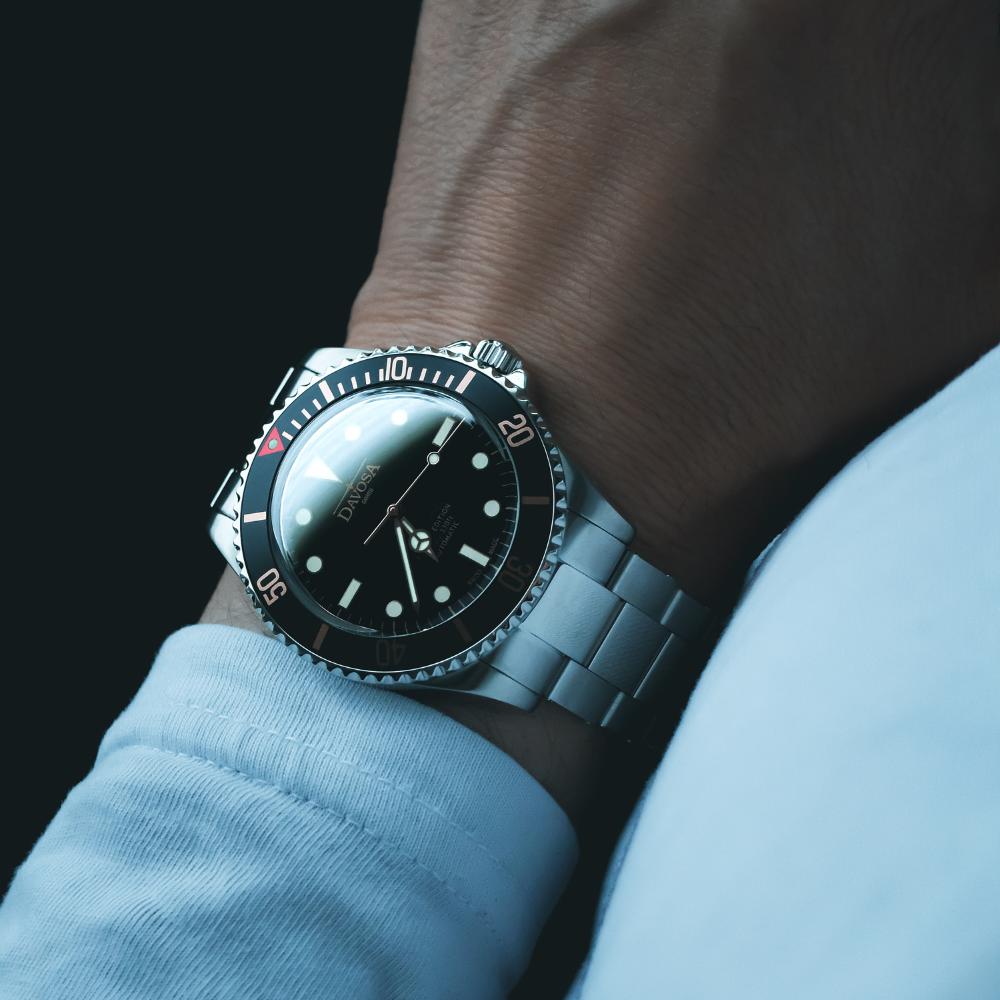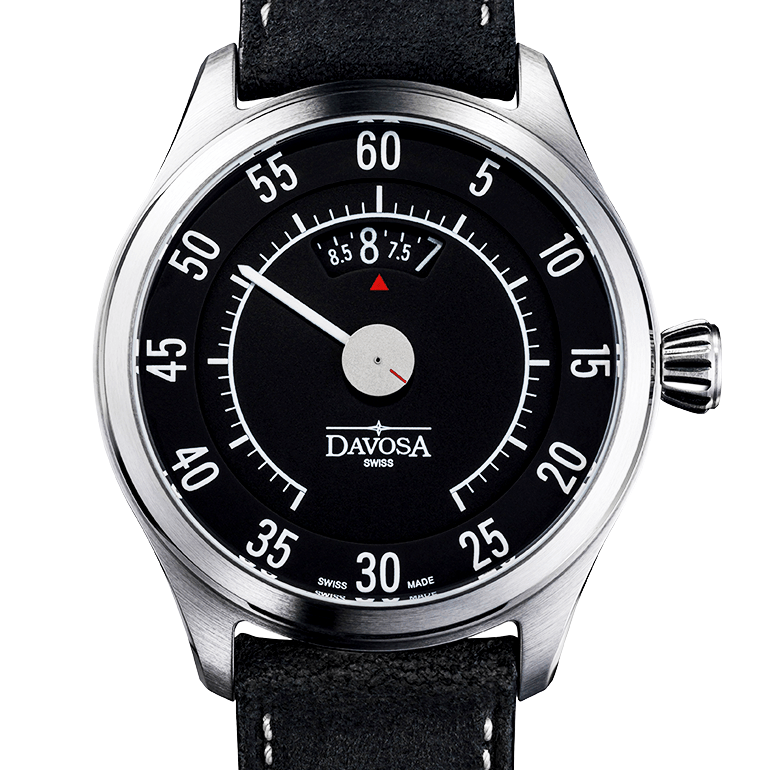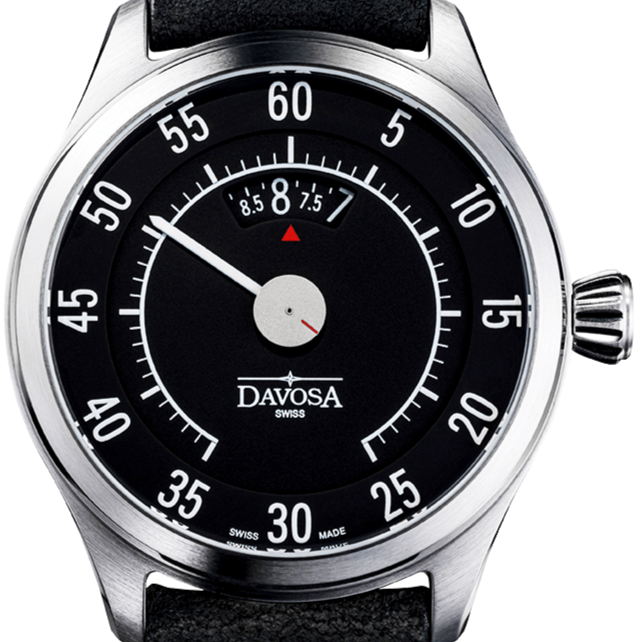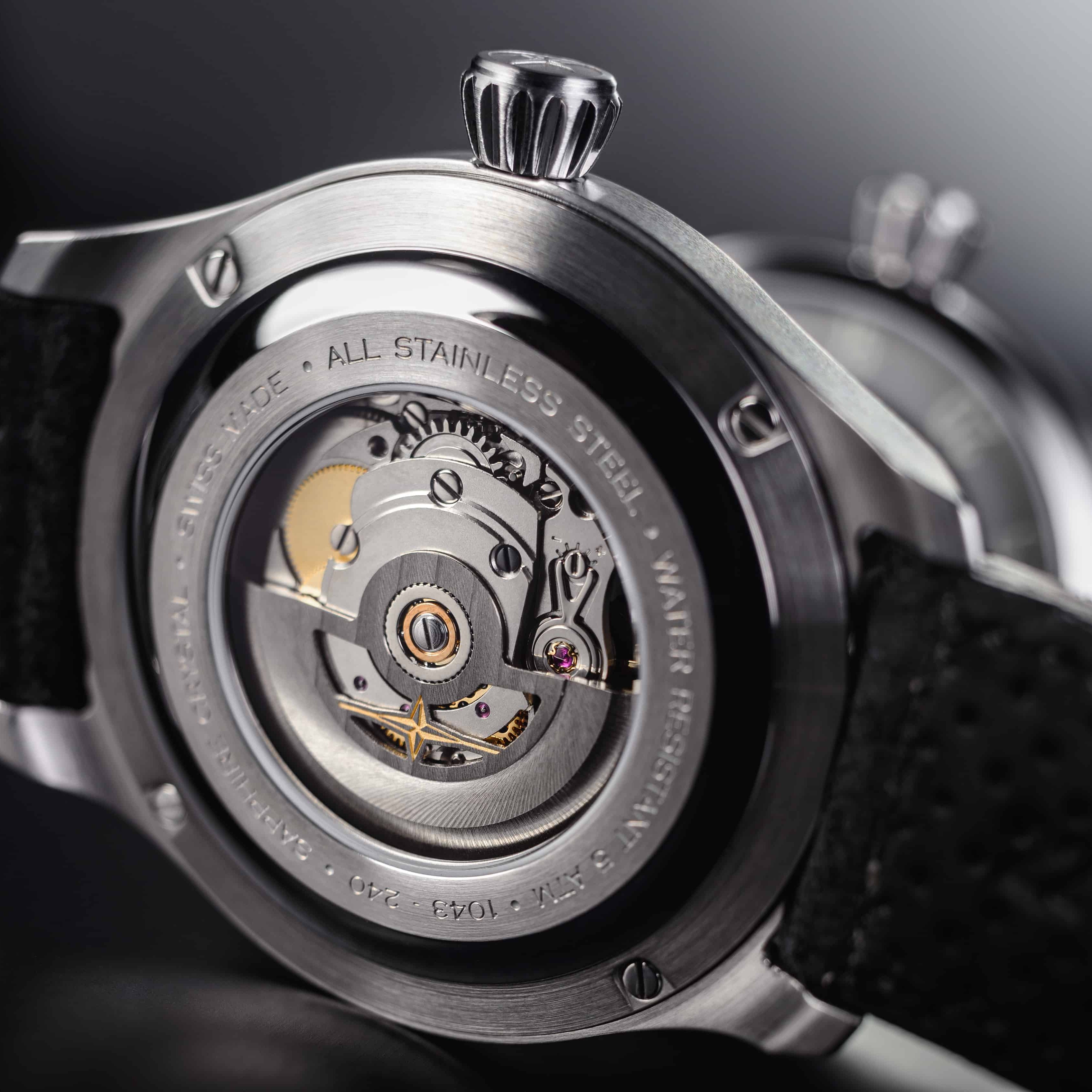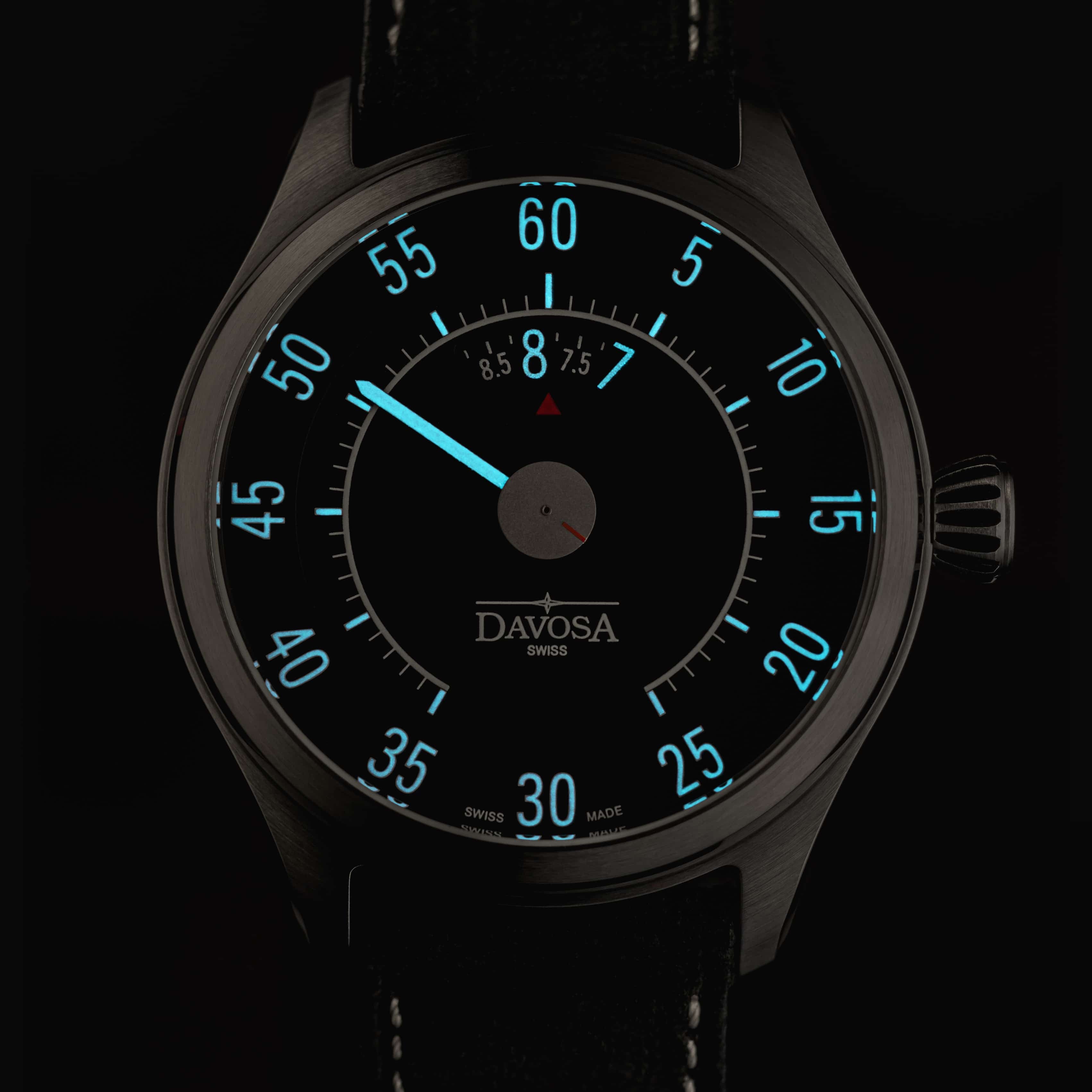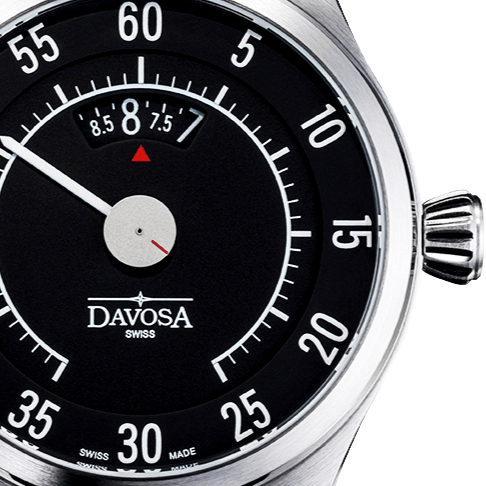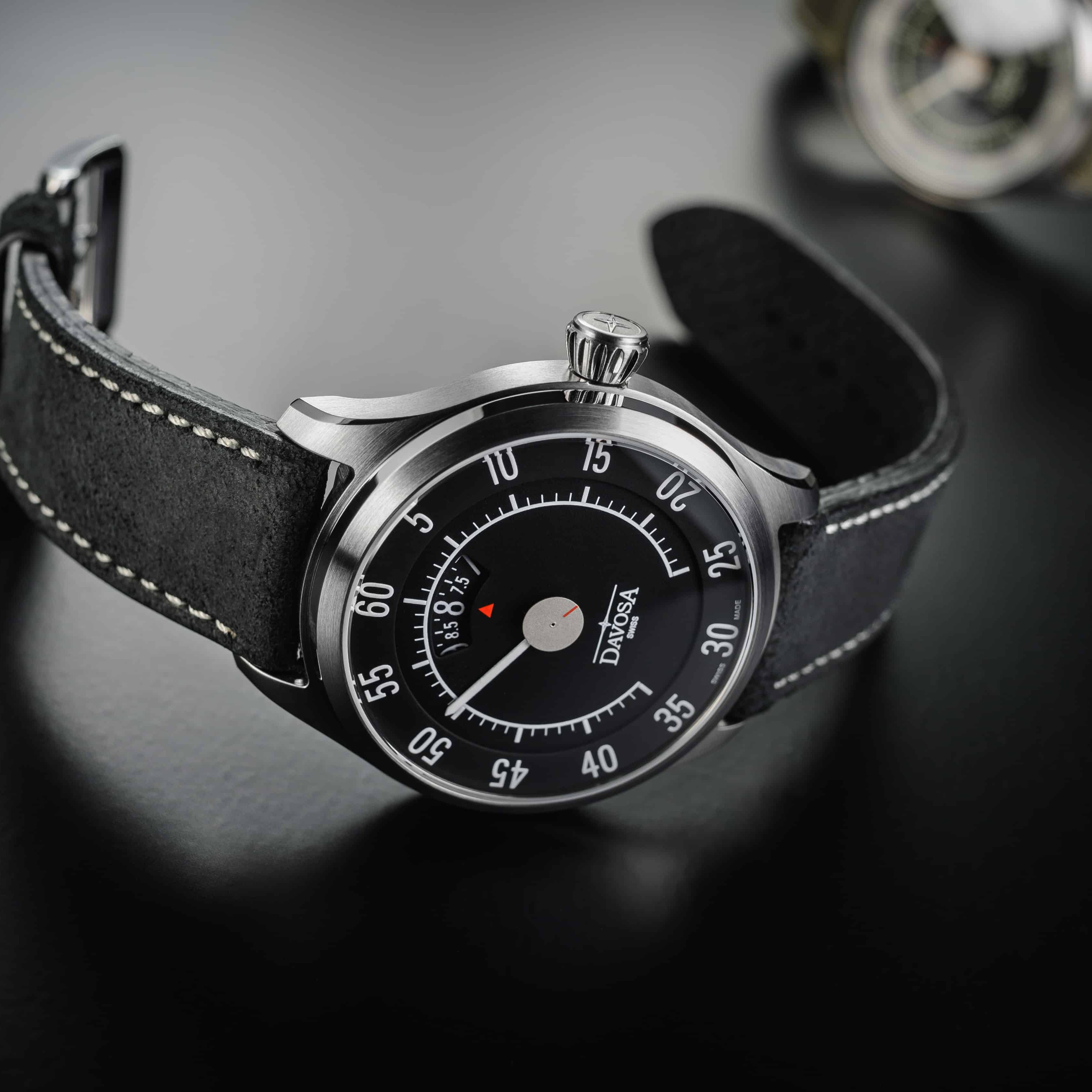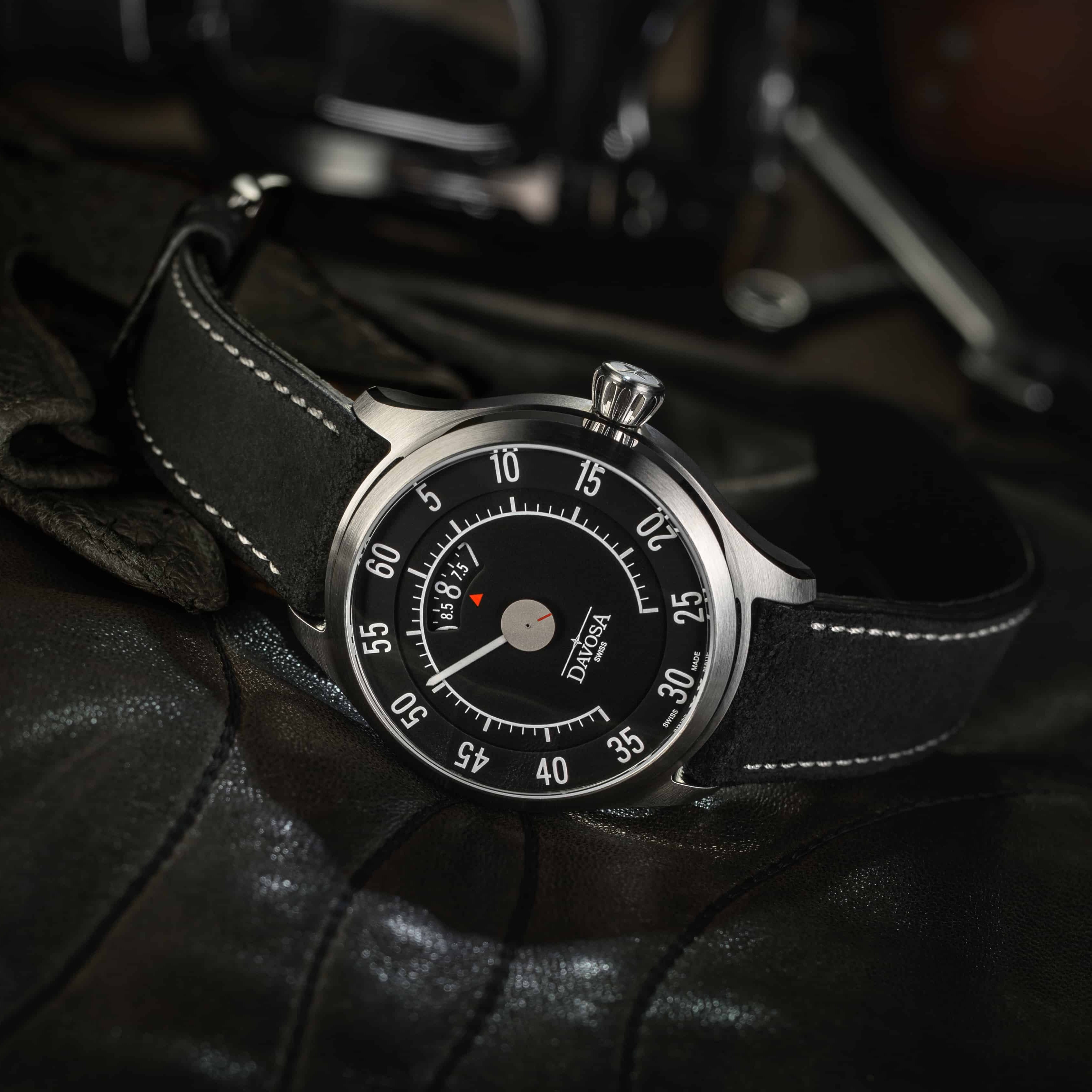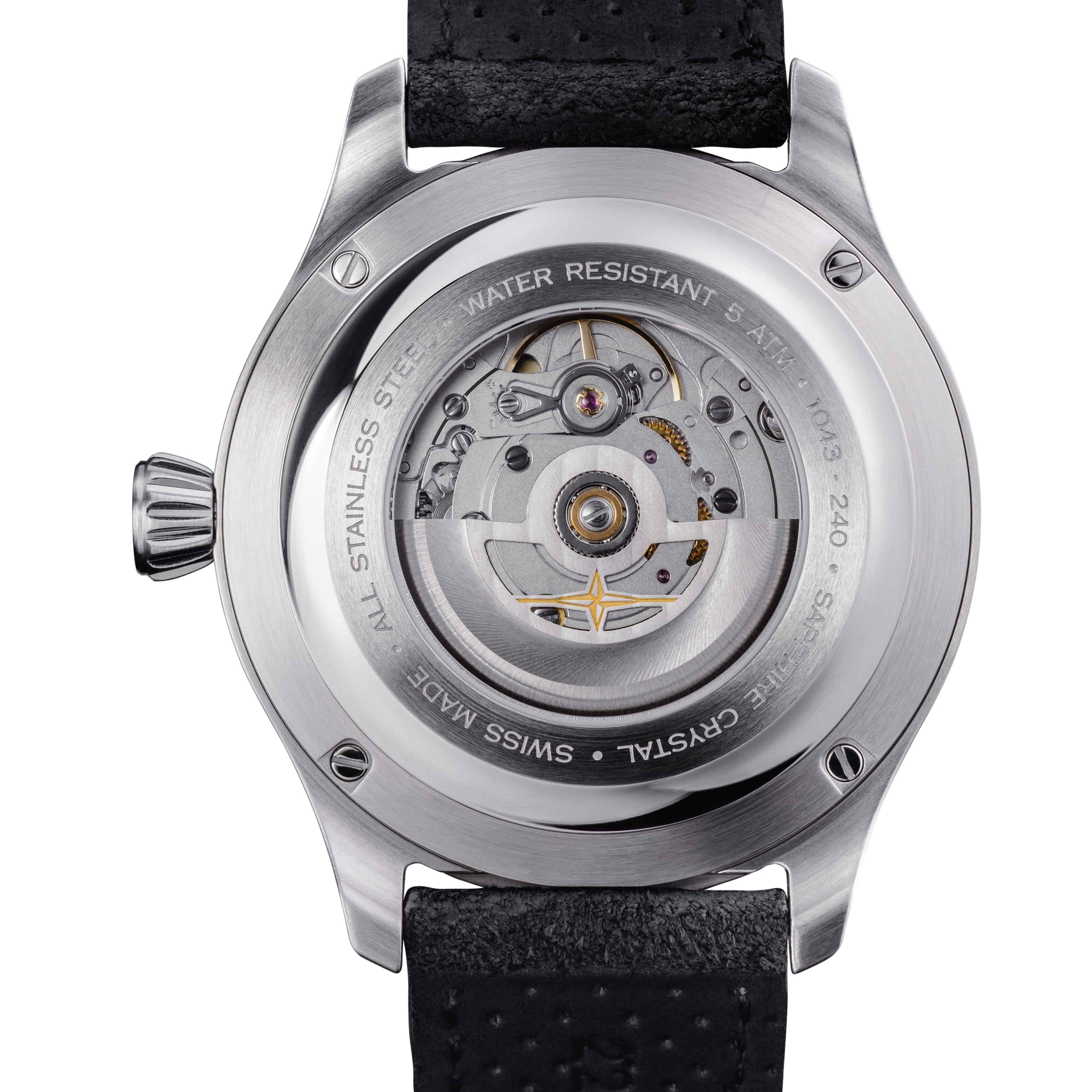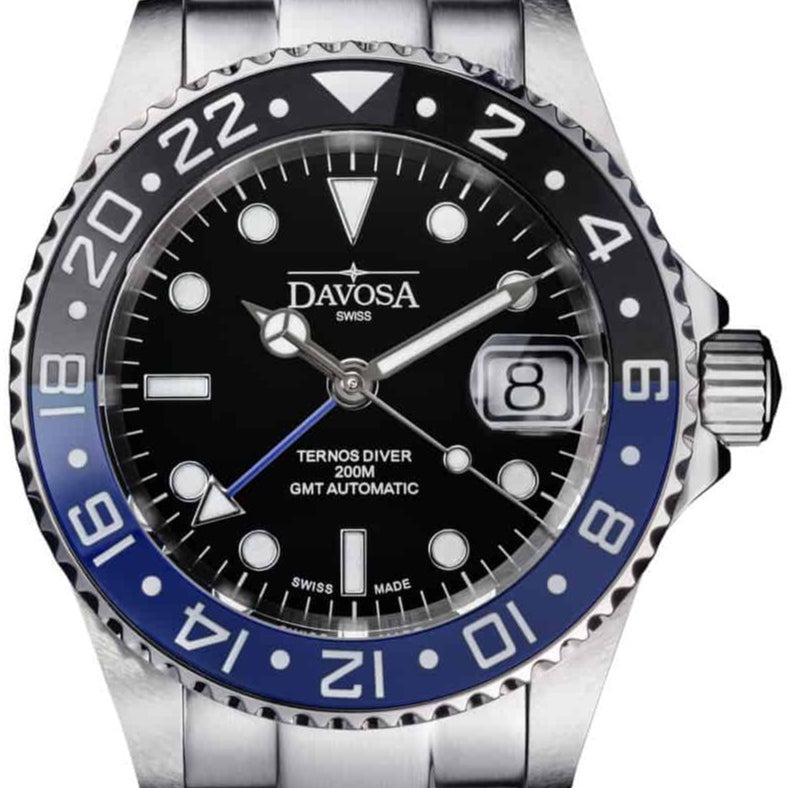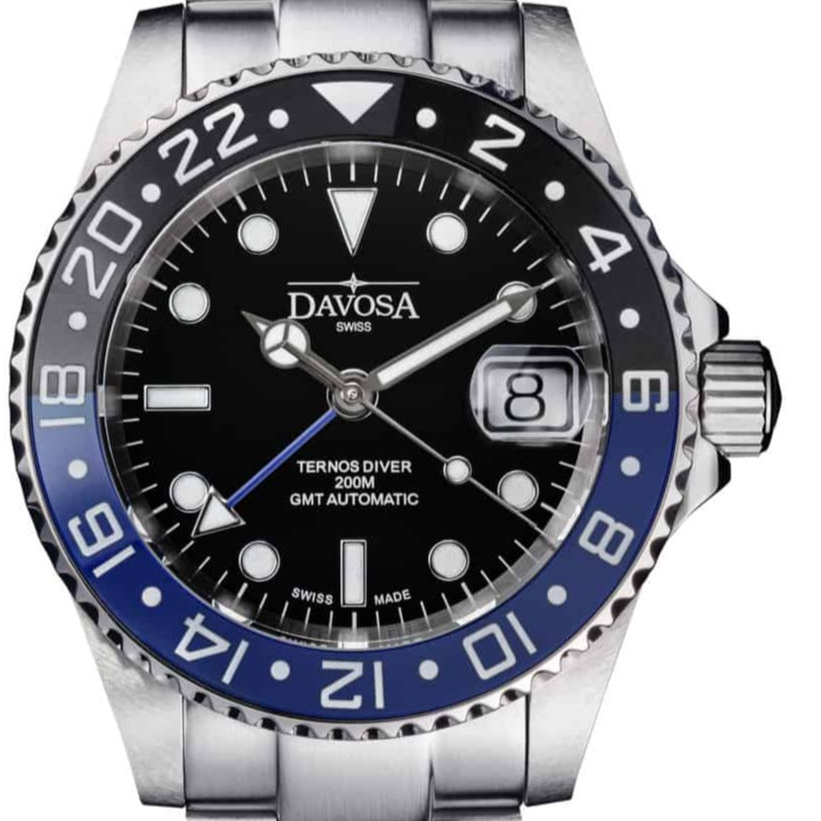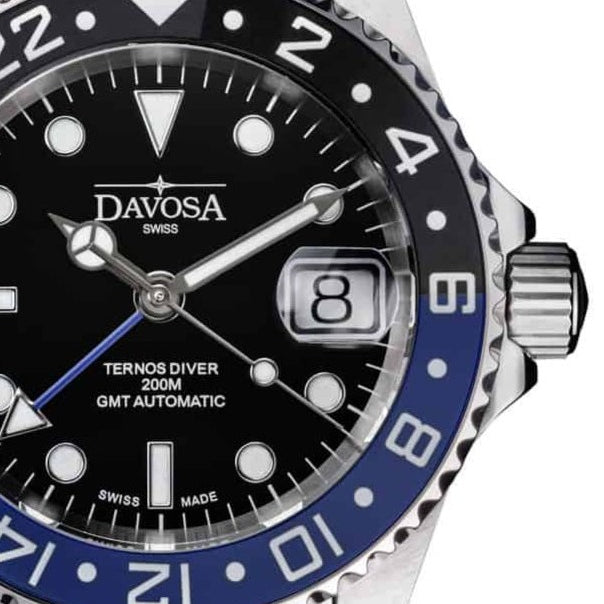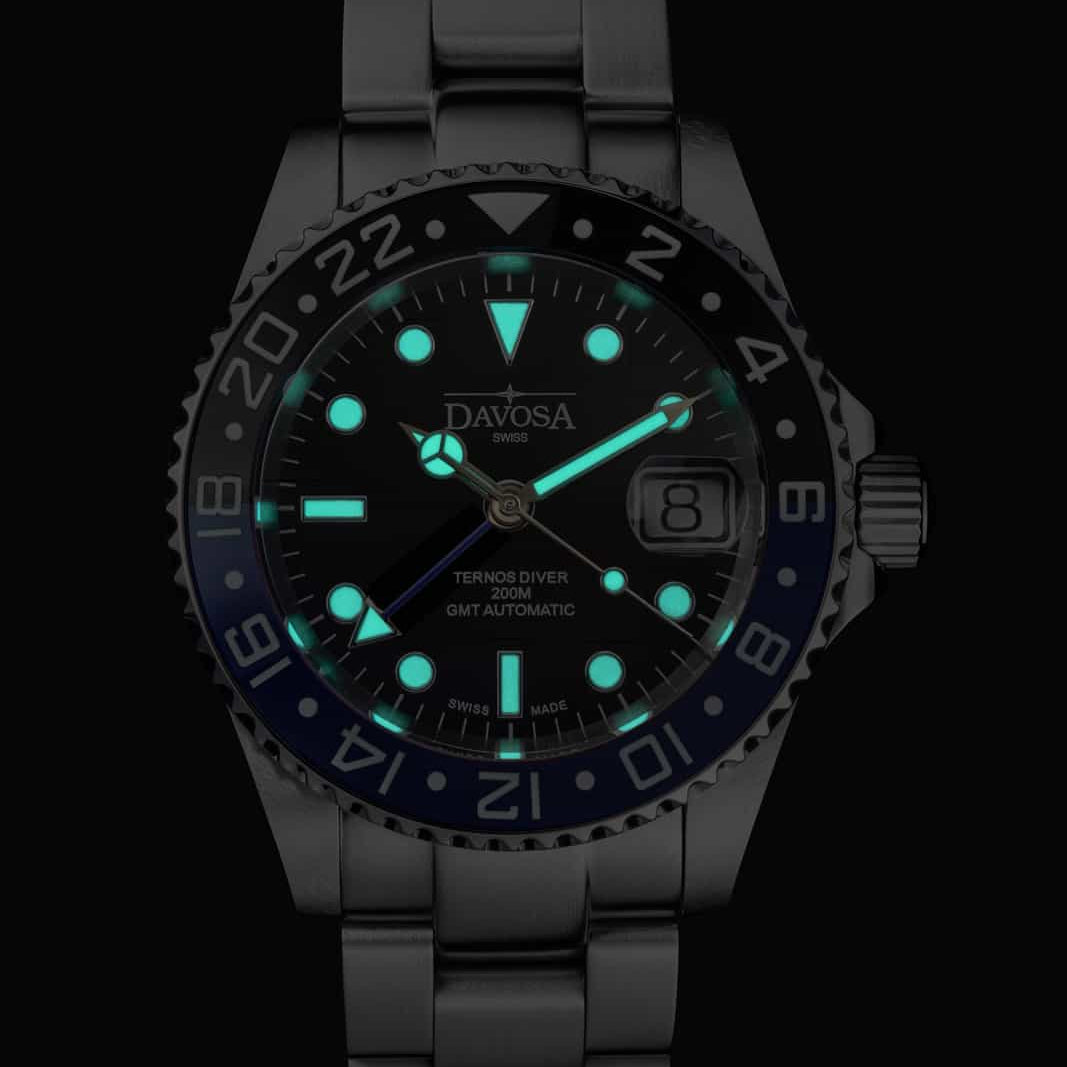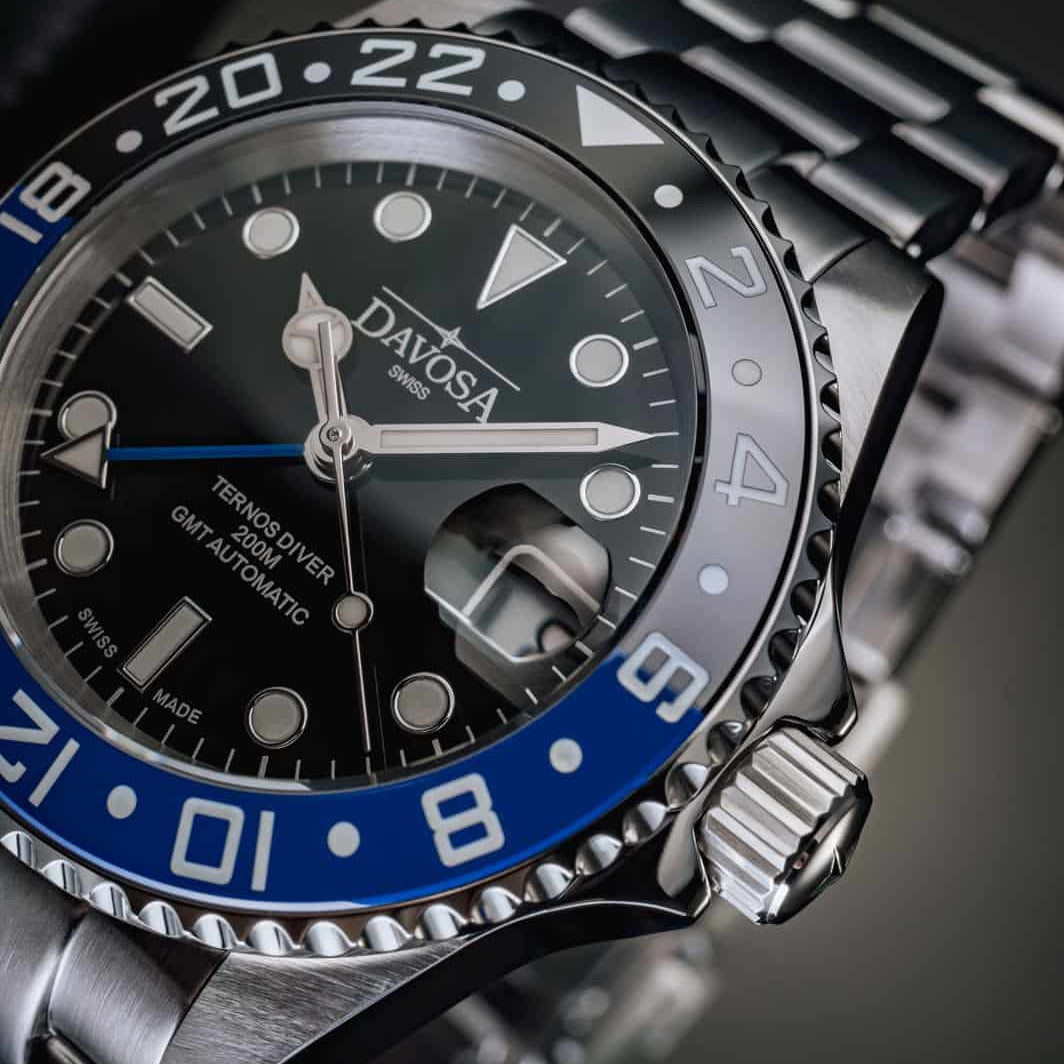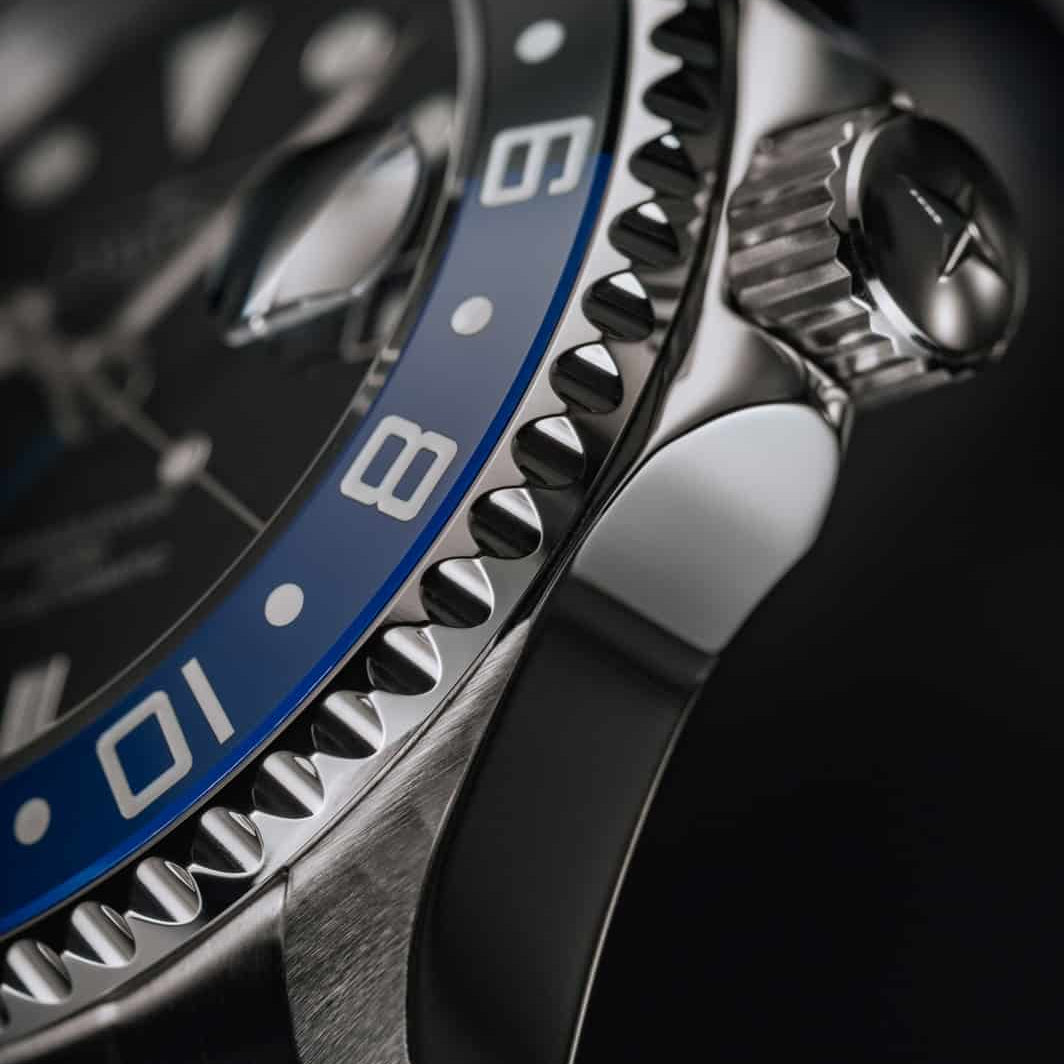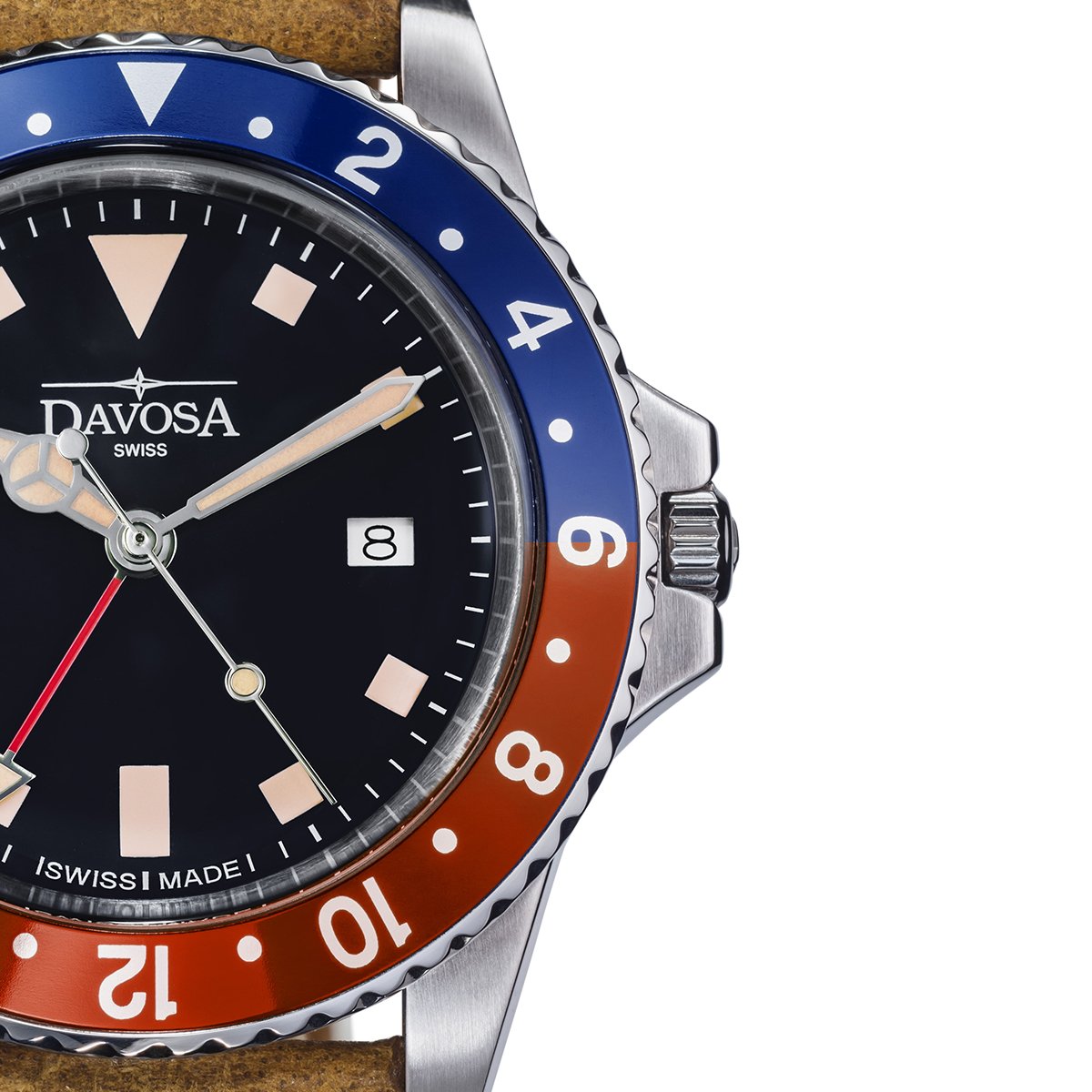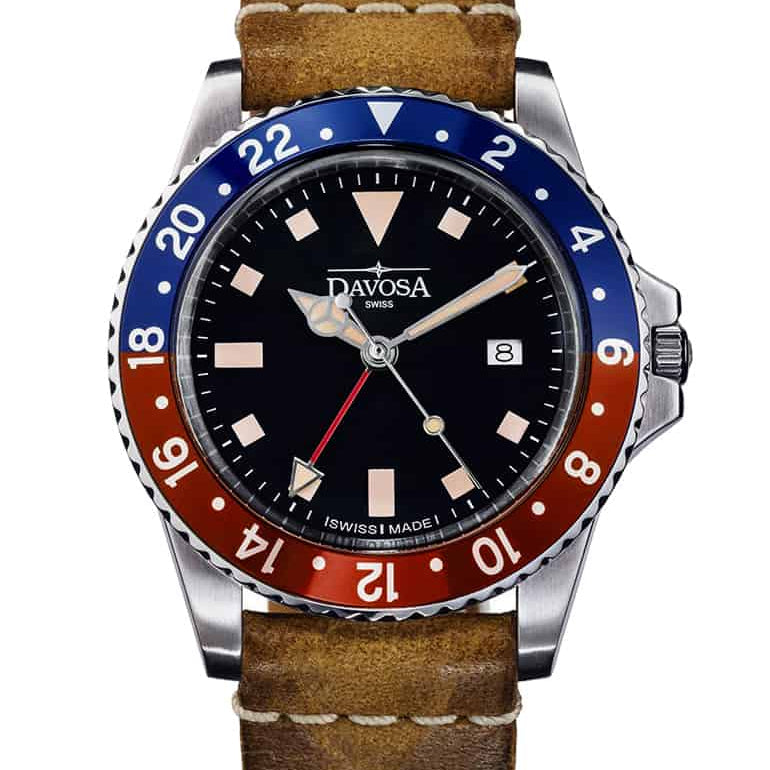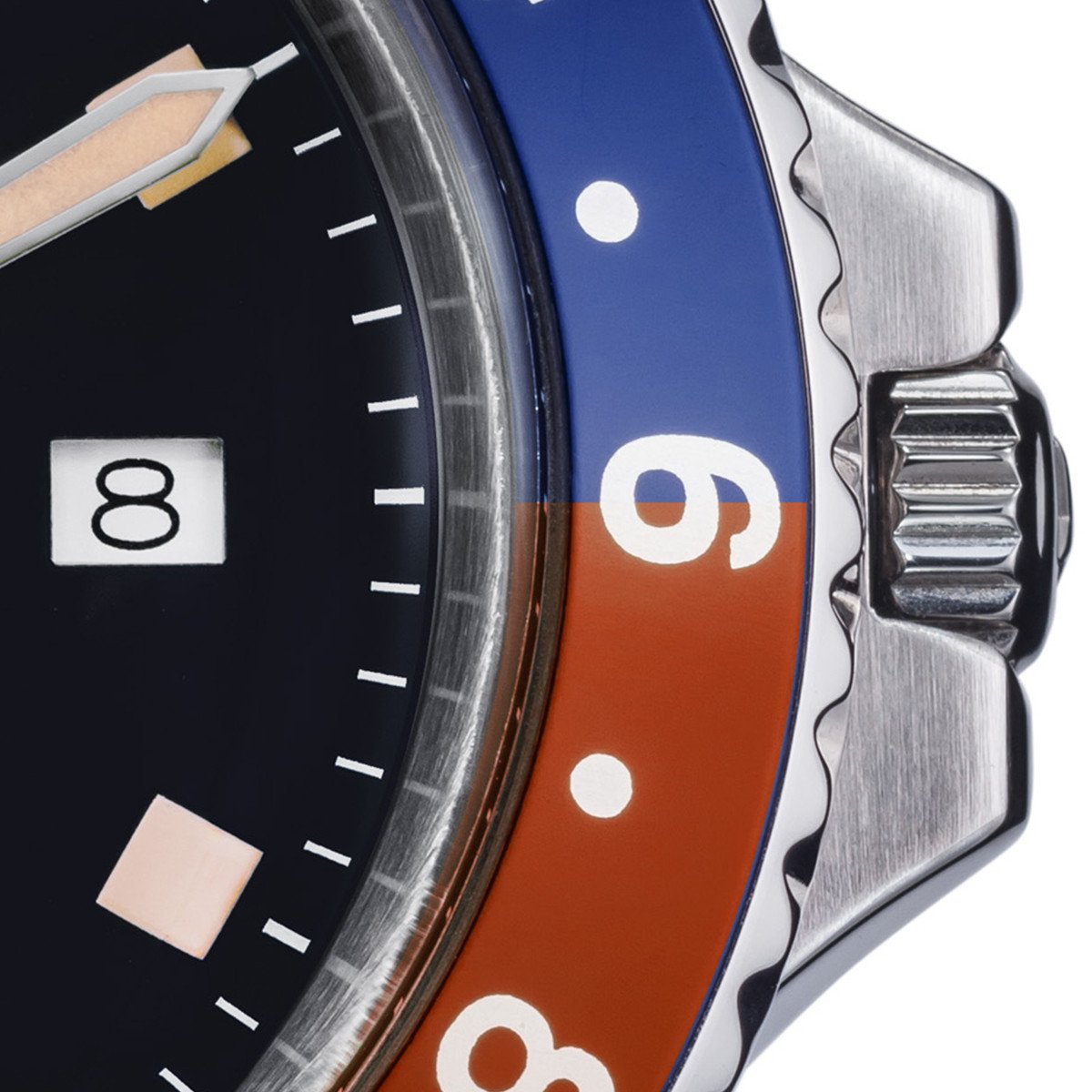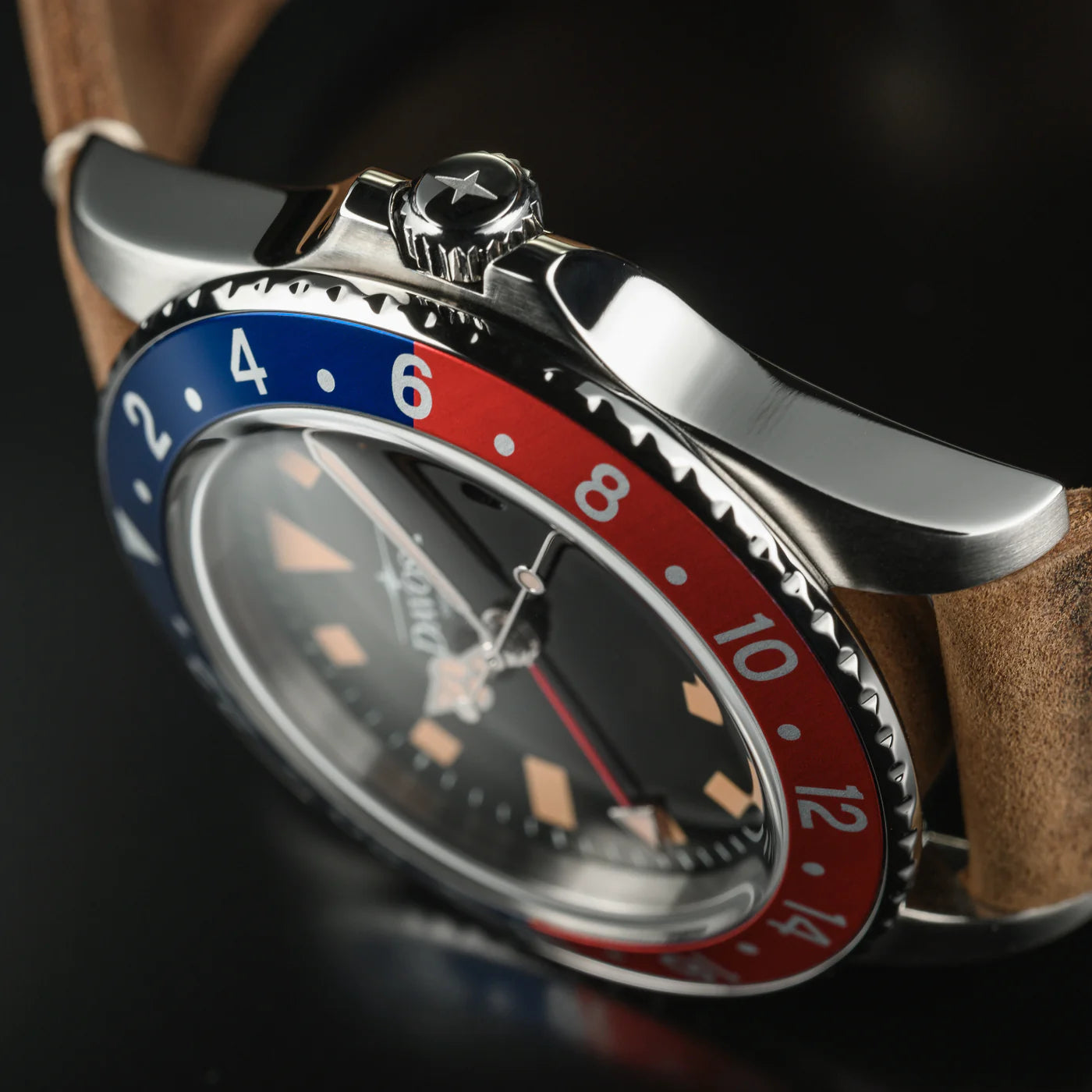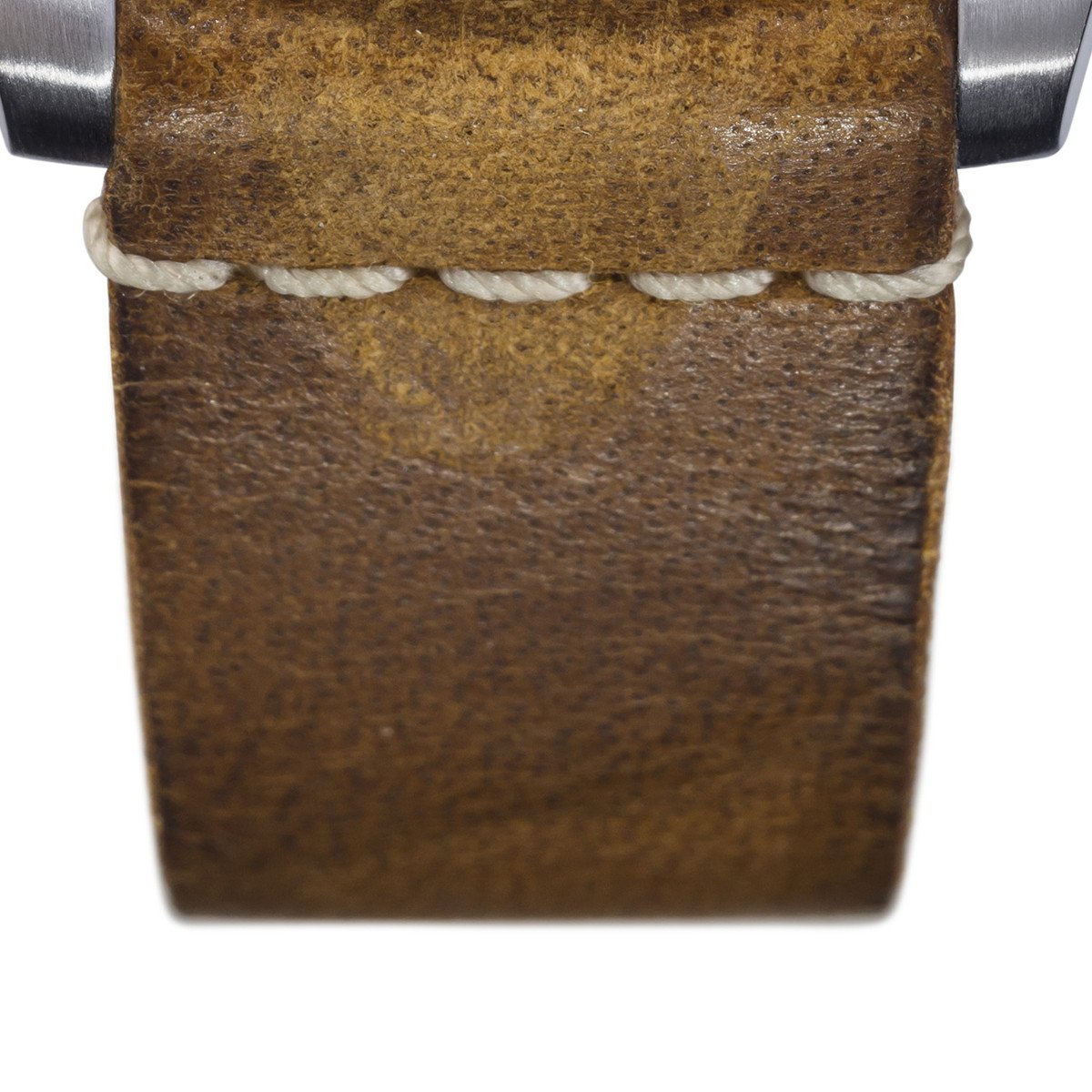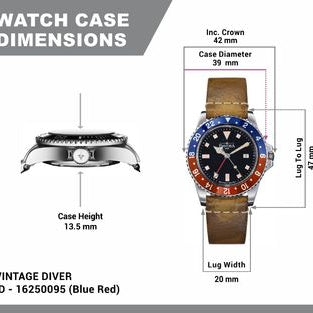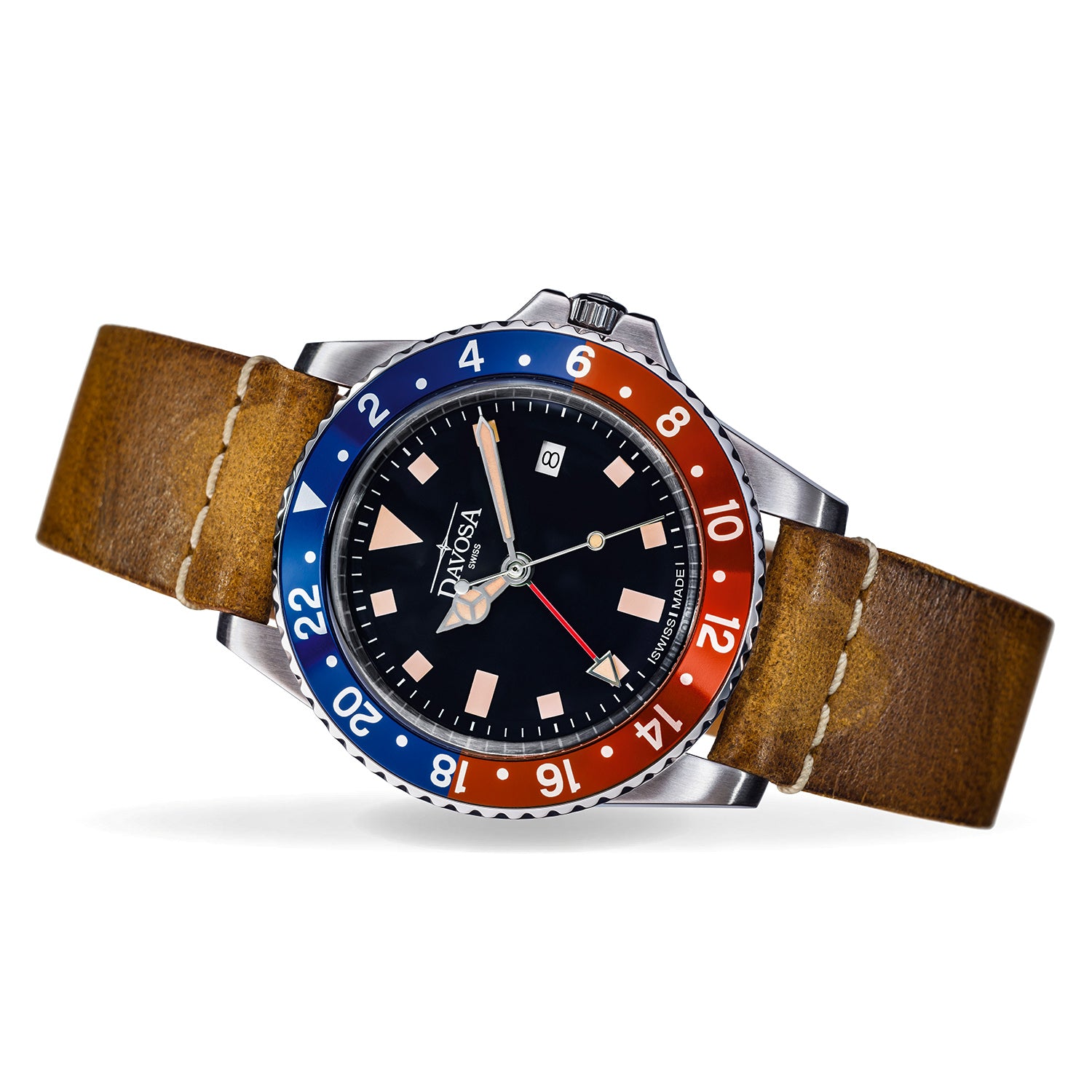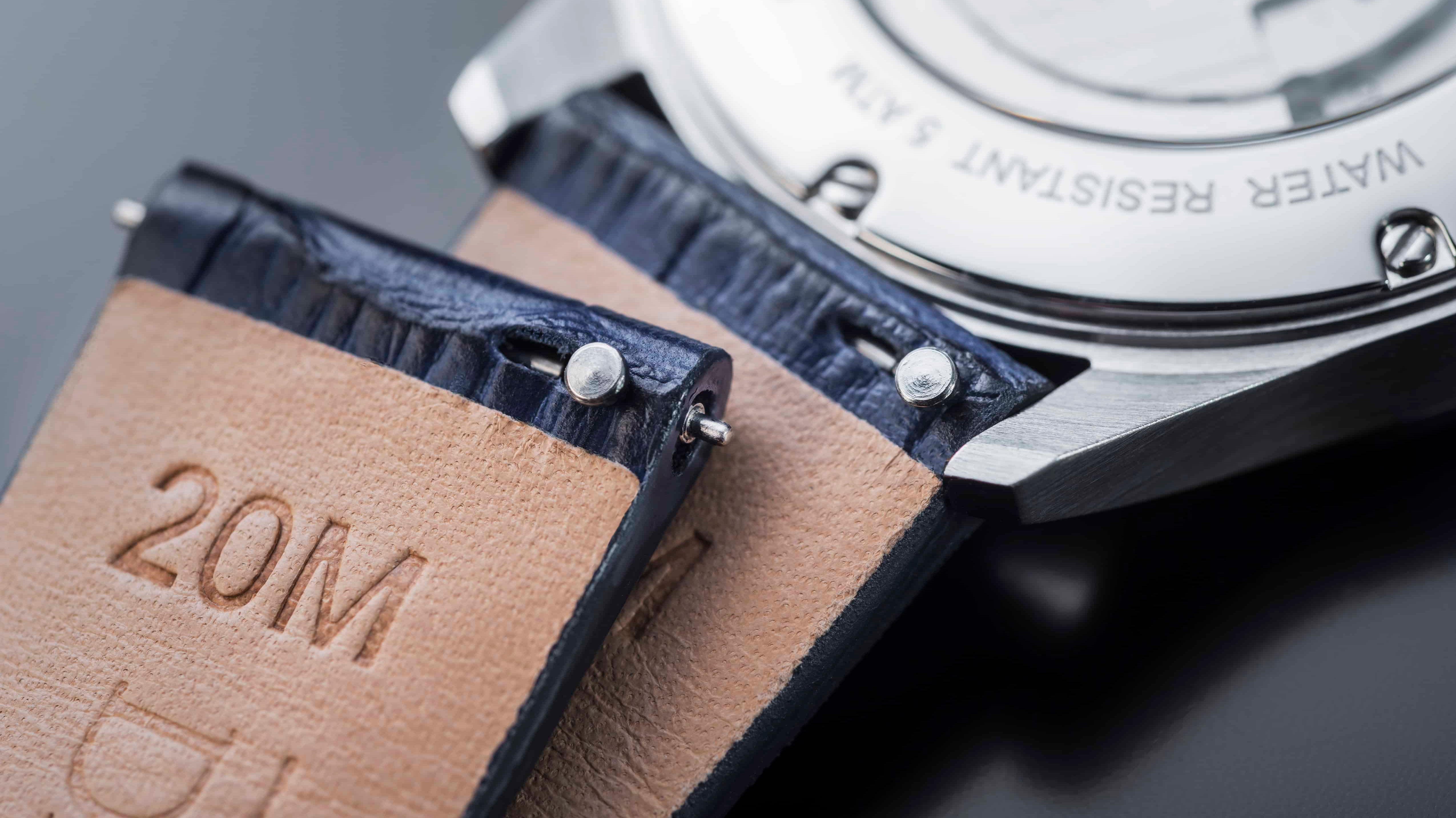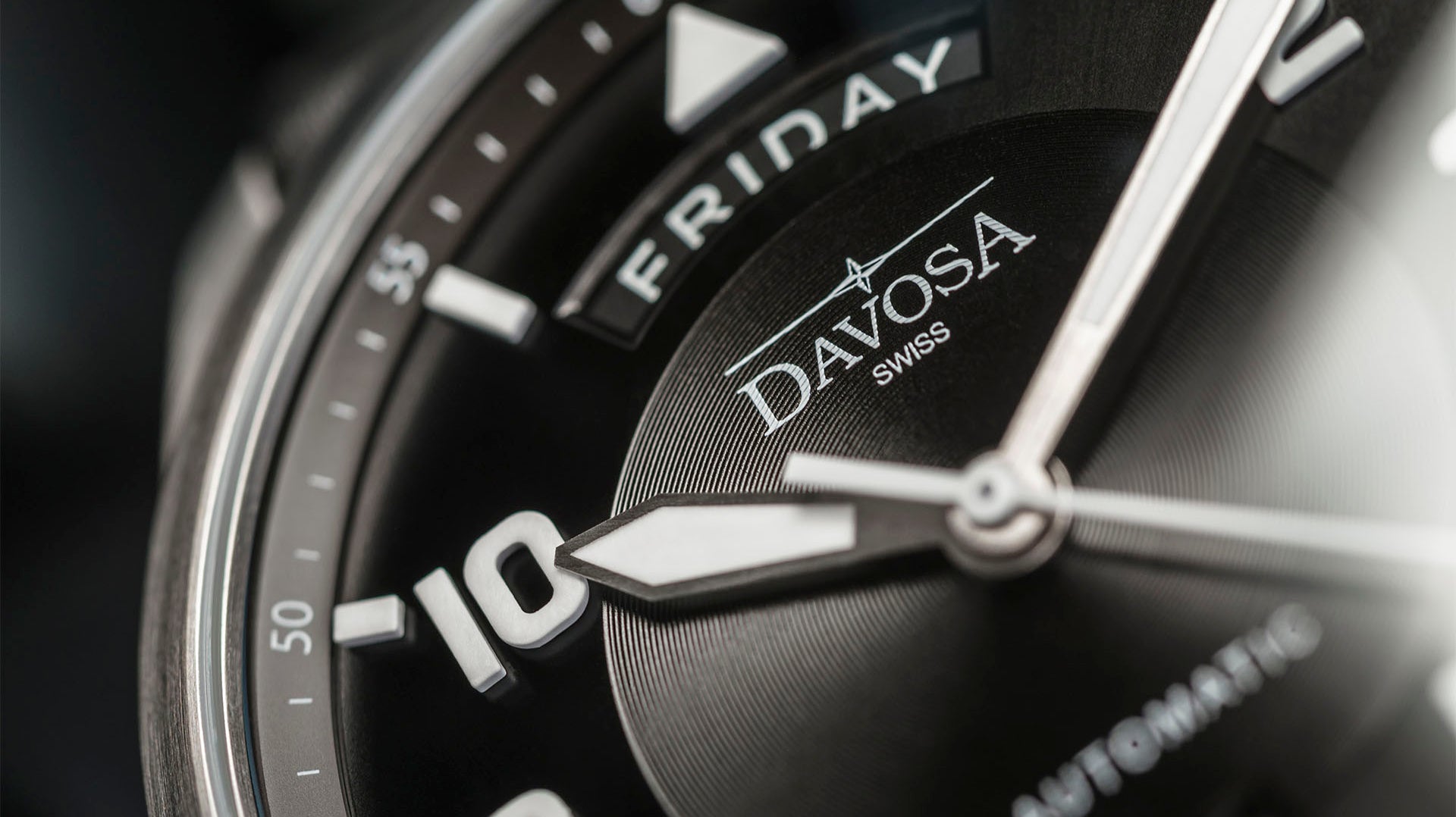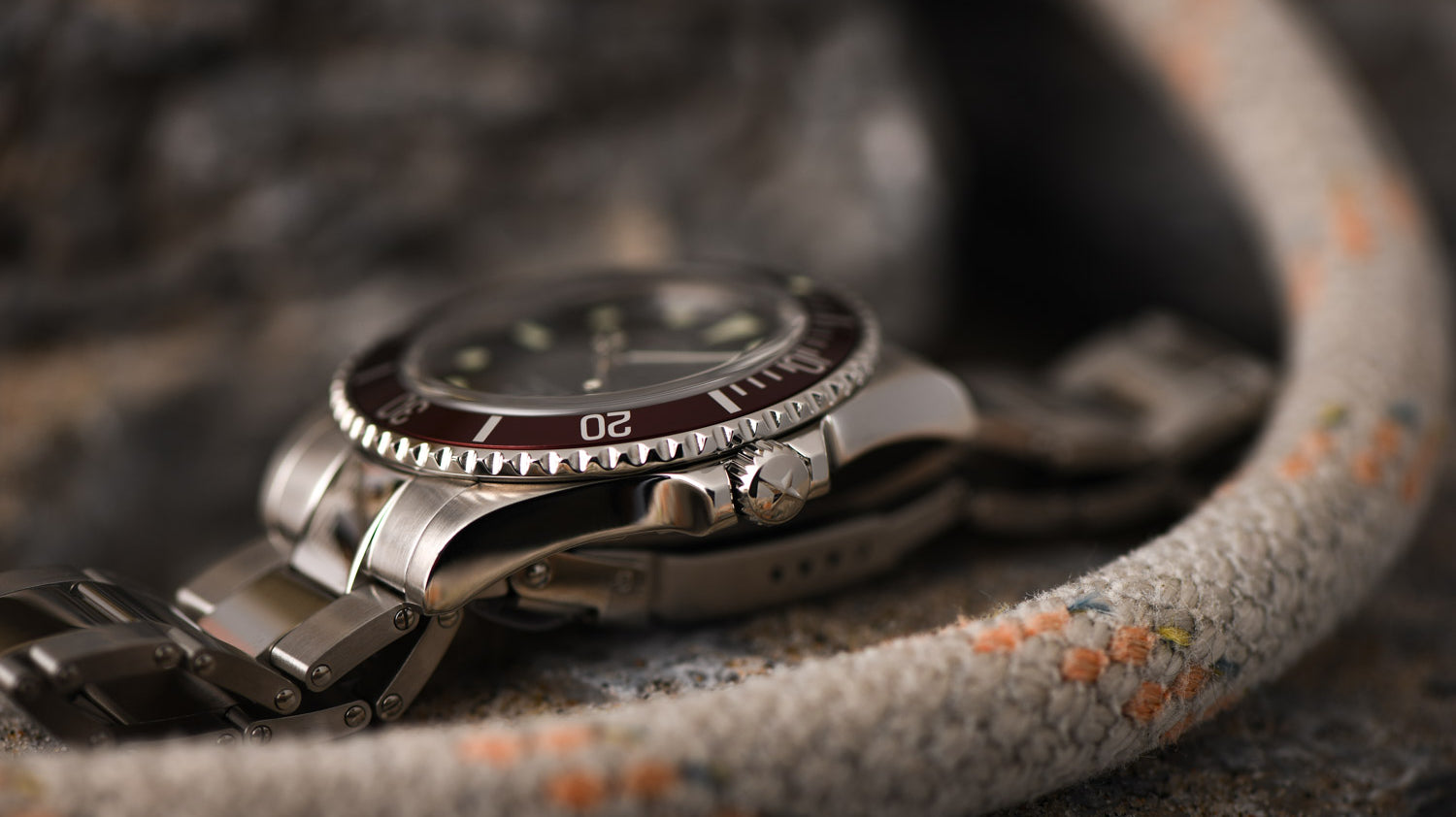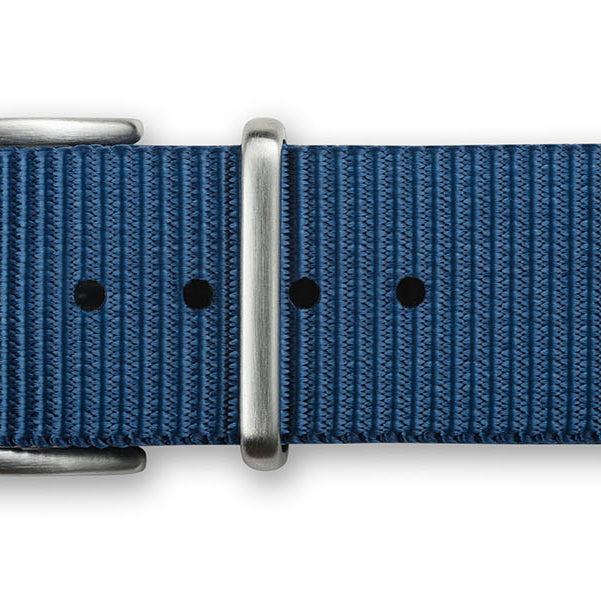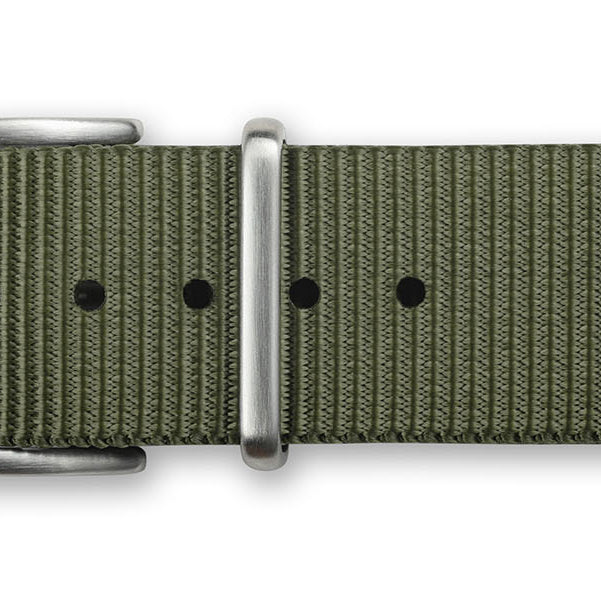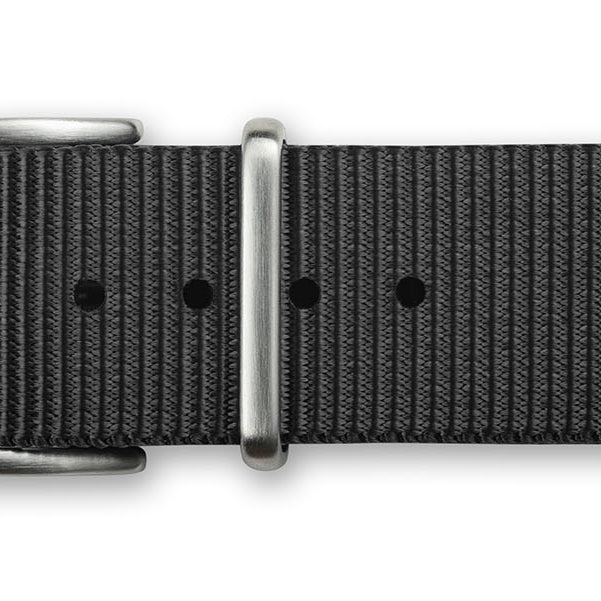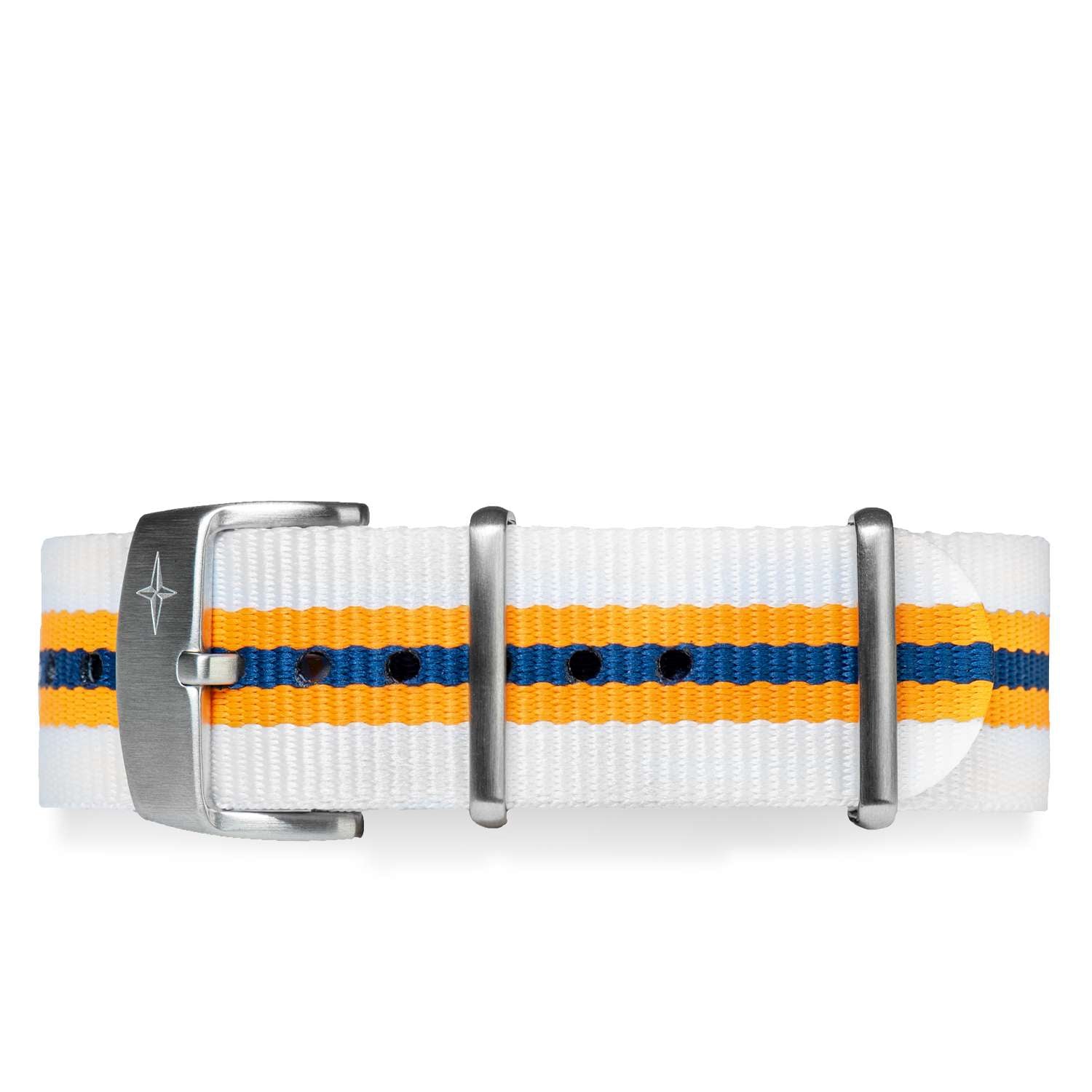When we examine the characteristics of watches, we realize that different terms are often used to indicate how they perform in relation to water - and since fine mechanics and electronics don't have a good relationship with it, we - the wearers - run the risk of nasty surprises. That's why it's helpful to learn for good what water-resistant means and why it's best to avoid taking a watch to the pool, even if it says it's water-resistant to 30 meters!

Vintage ad page for Mulco waterproof watches (1940s) - image from vintagepaperandsalvage.crater.com
Is water-resistant the same as waterproof watch?
The companies advertised the first water resistant watches as "waterproof." The reason was that these timepieces for the first time had a case insulated from their surroundings, thus protecting the movement from water and dust, another of the great enemies of watches at the time.
As the years passed, however, people began to practice underwater activities like snorkeling and diving, which did not exist at the beginning of the century. Hence, companies had to study different methods of making watches watertight at a given depth. As a result, the wording "waterproof" was changed to "water-resistant," and a universal reference of depth was inserted to indicate what pressure they could successfully withstand.
So nowadays, we talk about water-resistant watches and indicate how depth-resistant they are. But beware: numbers are not everything, and do not mean what they seem at a first glance!

Davosa Black Ternos Ceramic LE - image from davosa-usa.com
Can I swim in a water-resistant watch?
Maybe it has happened to you or people you know. They went to the pool with their watch on their wrist, possessing a water resistance of 30 meters, and after jumping into the water, they discovered to their horror, that water had entered the watch. How come?
The answer is that water resistances are calculated under stable pressure conditions. That is as if you attached the watch to a wire and slowly submerged it. If this does not happen, for example, we dive into the pool, and the water pressure on the watch seals is much higher than what you assume.
Just think that the act of swimming freestyle subjects the watch to a pressure of about 4.5 bar (1 bar is the pressure required to make the water rise 10 meters in a pipeline). Water pressure in our home pipes reaches 3 bar for the faucet and goes up to 3.5 or more in showers. That is why it is always better to take off a typical dress watch, even when washing our hands! In fact, most watch manufacturers suggest wearing watches with a water resistance of at least 100 meters for swimming in the pool and snorkeling and 200 meters for amateur diving, while for deep and professional diving, they recommend watches with a water resistance of at least 300 meters.
Can I wear my watch in the shower?
Although everything suggests that you can wear a diver watch in the shower without too many problems, as long as it has good water resistance and, above all, has been recently serviced (the seals on a diver's watch have a limited lifespan), it is always best to avoid showering when wearing a timepiece. Why?
Steel is a thermal-sensitive material that expands with warmth. Therefore, when entering a hot and humid environment such as a shower, or even worse, a sauna or steam room, it could swell and thus allow the entry of water vapor inside the watch. If this happens, you will notice it by the condensation that settles on the glass. In that case, to avoid the forming of rust in the watch movement, an overhaul by a watchmaker becomes a must. In short, best to avoid that.

Davosa Ternos Professional TT GMT caseback showing the ATM indication - image from davosa-usa.com
How can you tell if my watch is waterproof?
All watches display their water resistance on the dial or case back. This resistance is usually expressed in meters, feet, bars, or ATMs - ten meters are equivalent to one bar/ATM, as we have already mentioned. However, you should consider these numbers as a rough indication, which in practical use should be taken with a lot of common sense.
Beyond that, the typical diver, or sports watch with good water resistance, has two notable features: the screw-down crown and case back. These two elements reveal that a watch is designed to resist water. If the case back is press-in, and the crown is easy to pull out, the timepiece will have limited water resistance.
The presence of a screw-down crown has also a side effect: almost all diver models available on the market are automatic watches, if mechanical, or quartz watches, as winding them up manually would impeach their water resistance in time. In fact, the needs for waterproof watches - originally developed by companies such as Harwood and Rolex in the late Twenties - prompted the development of automatic movements for wristwatches, which were well known, but until then had not received much interest by the public and the industry.

A smartwatch used when swimming - image from t3.com
Can I swim with a smartwatch?
We'll let you in on a secret. The traditional watches vs. smartwatches debate is not a thing in this field, as the devices that professional divers use on a daily basis are, in fact, very specialized smartwatches. Usually, traditional timepieces have become a backup at best for these professionals.
So, it is undoubtedly possible to swim with a smartwatch, but it is important to carefully follow the manufacturer's instructions, which will explain what water resistance limit your device can withstand. We suggest referring to the examples that accompanies this article to find out which activities are allowed and prohibited for each level of water resistance.
Water resistance
To avoid problems with our precious timepieces, the best solution is to rely on a table that lists the most common water resistances and the "safe" water activities with those resistance levels.
As we said, however, each watch is its own case. Even a diver's watch, if not periodically serviced with gasket changes, cannot ensure the performance shown on its dial, even remembering that these are always calculated by default, with a deviation of about 20 percent less than the actual resistance level of the watch.
Also, remember that when performing routine maintenance on a watch, a water resistance check is typically not part of the "package" and, therefore, must be requested separately from your watchmaker. The best advice, in general, is to err on the side of caution, as not doing so could cost you dearly.

Most ladies' watches offer minimal water resistance - image from davosa-usa.com
3 BAR / 3 ATM / 30m / 100ft
This level, equivalent to the pressure exerted by 30 meters of depth in water, rounds up most watches that offer almost no water resistance. But, as we have said, these watches could be challenged by even simple exposure to running water from a simple faucet in our bathroom.
Therefore, it is highly advisable to avoid any kind of activity involving water with such watches: thus, avoid washing, washing the car, watering the lawn, much less taking a dip in the pool.
Can you swim with a 3 bar watch?
We do not recommend using watches with these characteristics for any aquatic activity and, therefore, also for swimming. This means we should not wear watches with 30 meters of resistance during this activity.
5 BAR / 5 ATM / 50m / 165ft
The upper level of water resistance is 50 meters. Although this level of resistance justifies using it in water for a leisurely swim, avoiding diving and diving, we still prefer to avoid subjecting such a watch to this kind of situation.
Thus, washing your hands with the watch is certainly possible, but avoiding more strenuous activities with tools such as cleaning and irrigation systems that may have high water pressures is better.
Can you swim with a 5 bar watch?
A watch of this type, usually a sports watch, should easily withstand a simple swim, but as mentioned above, we always advise caution with more intensive use.

Davosa Ternos Sixties 100 mt water-resistant watch - image from davosa-usa.com
10 BAR / 10 ATM / 100m / 330ft
The first commercial diver watches, namely the Blancpain Fifty Fathoms and the Rolex Submariner, launched in 1953, initially offered a water resistance of 100 meters, which would be considered hardly adequate today for any professional diver watch.
These watches are intended for more intensive water use, so they can undoubtedly withstand all kinds of surface water activities, as well as some snorkeling and limited scuba diving.
Can you swim with a 10 bar watch?
A watch with a water resistance of 100 meters should easily withstand all normal water activities, including snorkeling and light diving.

Davosa Ternos Ceramic 200 mt water-resistant watch - image from davosa-usa.com
20 BAR / 20 ATM / 200m / 660ft
Watches with water resistance of 200 meters are professional watches that you can wear for more demanding recreational diving activities. Many of these timepieces also feature typical systems used by watches for high-depth activities, such as a helium escape valve.
Although it is not specified, most diver watches are certified to ISO6425, and the specification establishes specifications for timepieces that can bear the designation "diver" start in this category.
Can you swim with a 20 bar watch?
Most of these watches are diver watches, which use typical systems such as a rotating bezel and luminescent hands to help in low-light situations. Water is the natural environment for these timepieces, so you can wear them for any aquatic activity.

Davosa Argonautic BG 300 mt water-resistant watch - image from davosa-usa.com
More than 30 BAR / 30 ATM / 300m / 990ft
Over the 300-meter water resistance, there is the world of specialized divers, watches that withstand depths of half a kilometer and more, up to 12,000 meters, which is the depth of the deepest point of the earth's oceans, the Mariana Trench.
These watches are made for the most demanding enthusiasts and professional divers, who wear them as professional tools for their most intense and challenging activities.
Can you swim with a 30+ bar watch?
Those who buy such a watch know that they can do much more with it than just swim. Thus, such a watch is a professional model: it is designed to withstand depths our bodies cannot go and can only be tackled by special diving suits, submarines, and bathyscaphes.
Main Takeaways
Although it all seems very clear from the indications on the watch, this is the case where we need to be more careful instead. Remembering that watches and water are not good friends is a good starting point for taking care of our mechanical and electronic friends, and subjecting them to proper maintenance is essential, even more so than for a traditional dress watch that sees water from afar.
But all this still leads us to consider that man has managed to create advanced objects that can go where he can never go. And that is still a comforting thought for the future.
___________________
Image on top from truefacet.com
The Davosa-USA.com website is NOT affiliated in any way with Audemars Piguet, Franck Muller USA, Inc. Richard Mille or Richemont Companies, Seiko, or any other brand which is not Davosa Swiss. Rolex is a registered trademark of Rolex USA. Davosa-USA website is not an authorized dealer, reseller, or distributor for Rolex and is in NO WAY affiliated with Rolex SA or Rolex USA or any other brand besides Davosa Swiss. |


